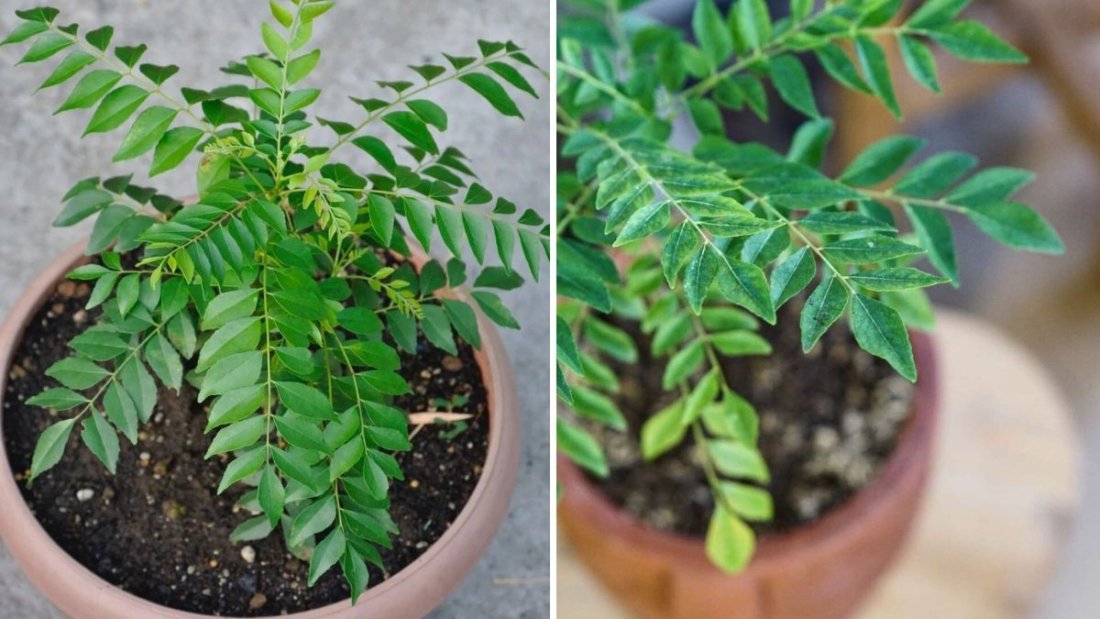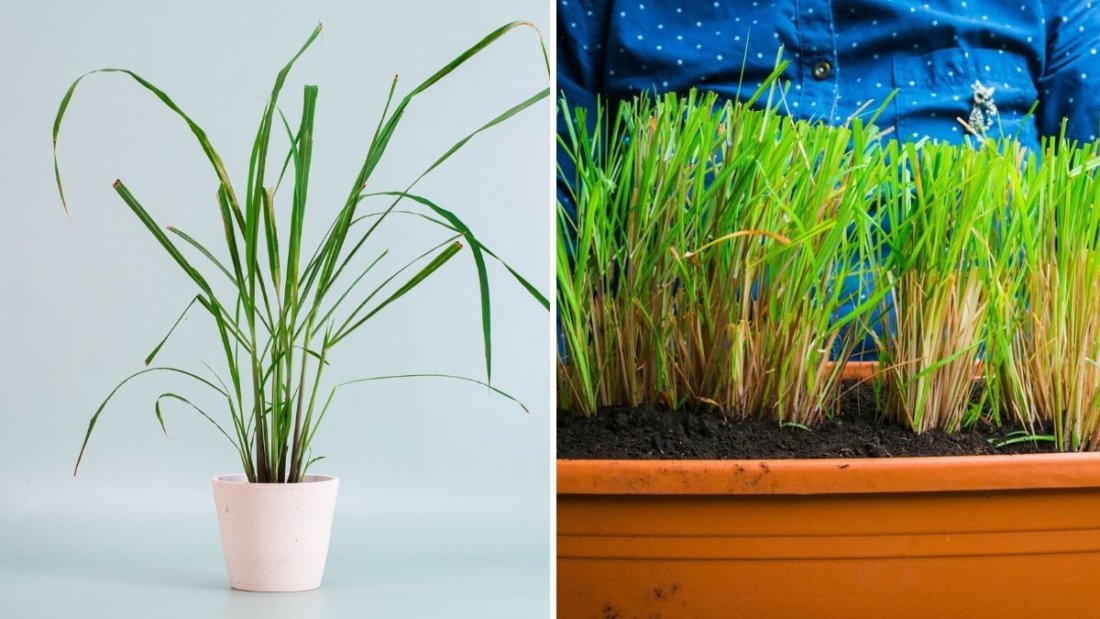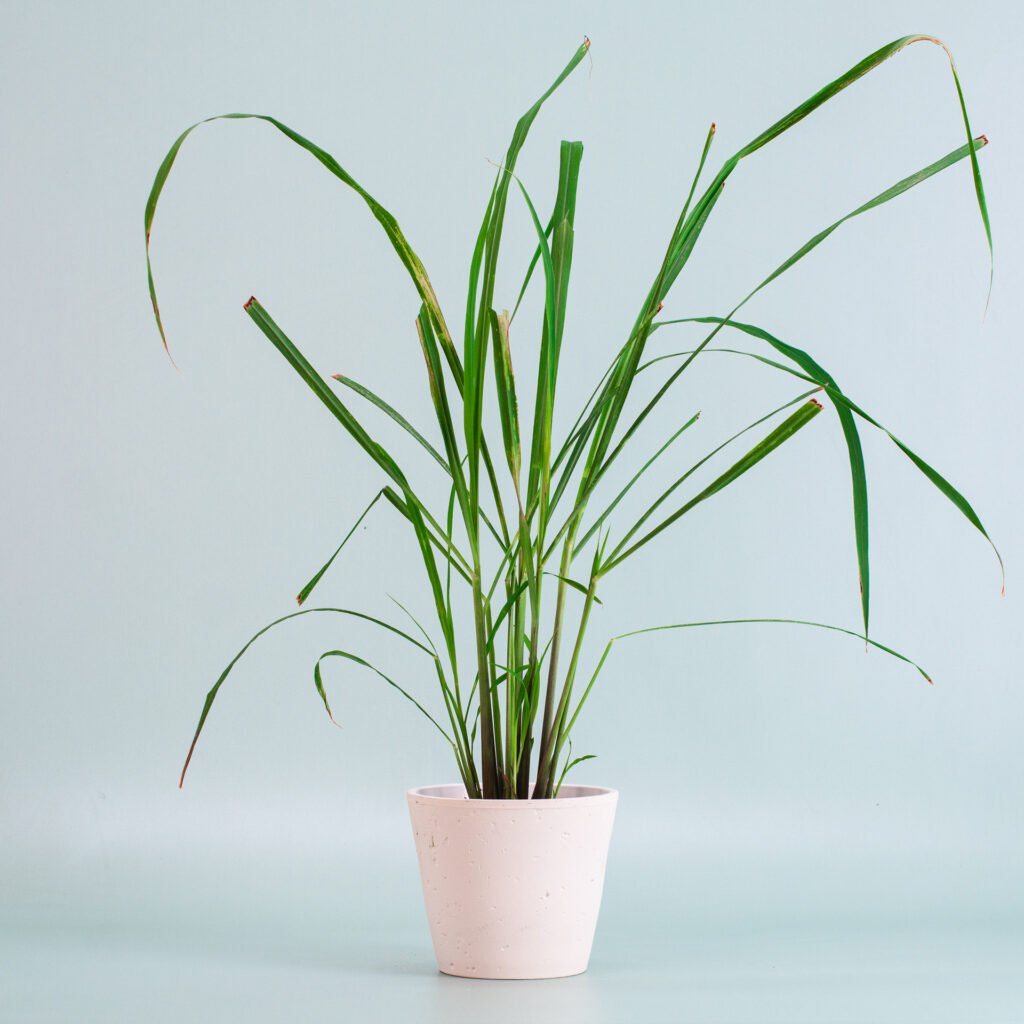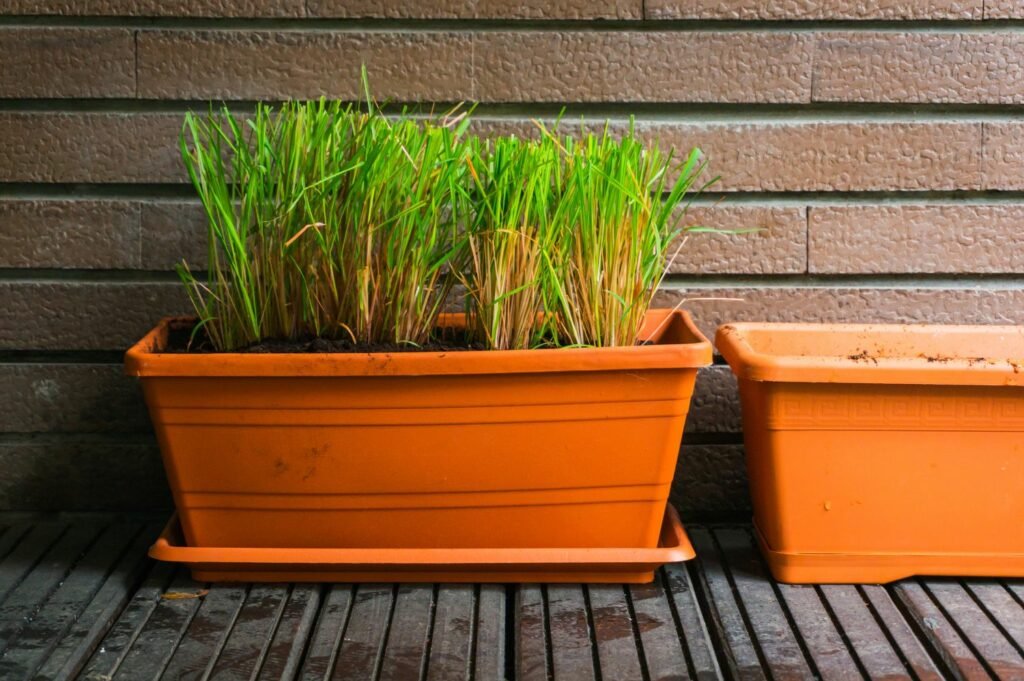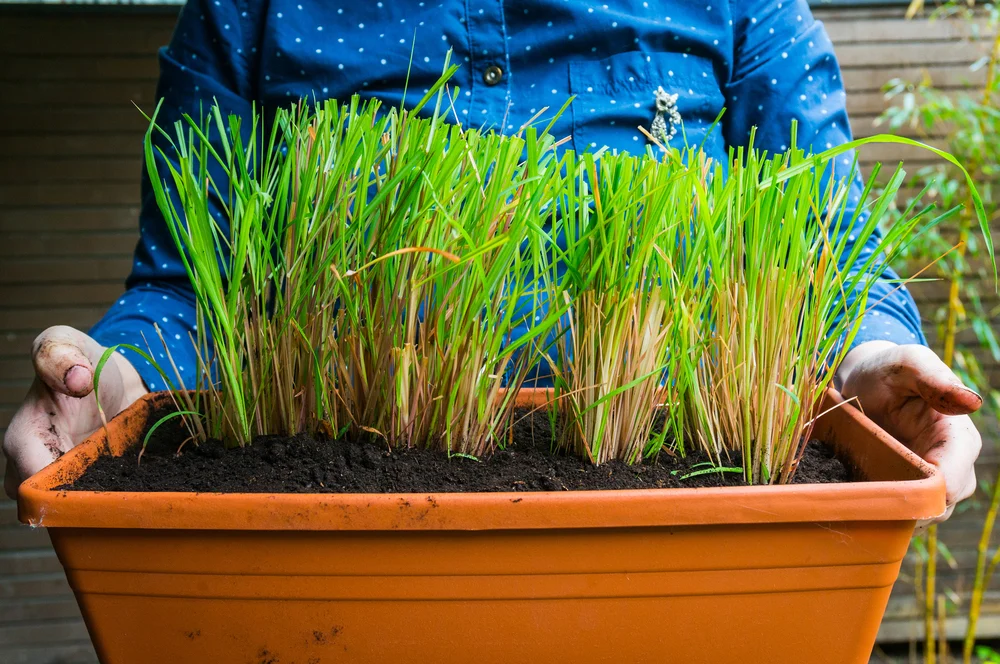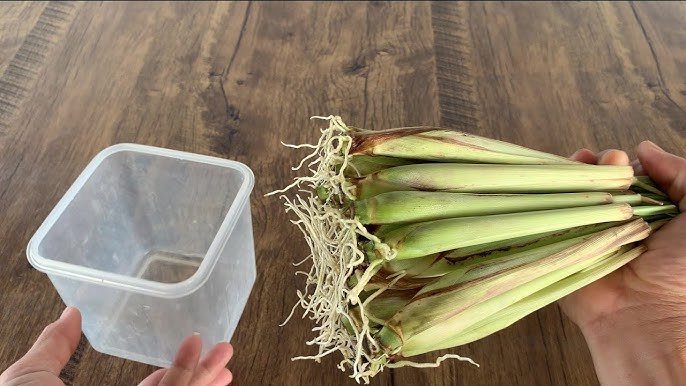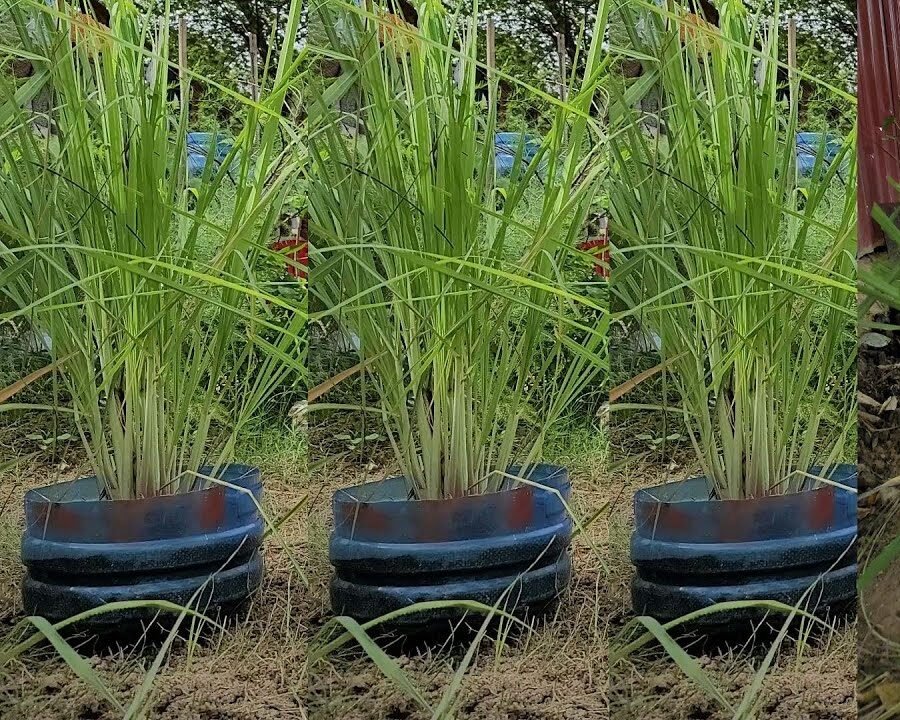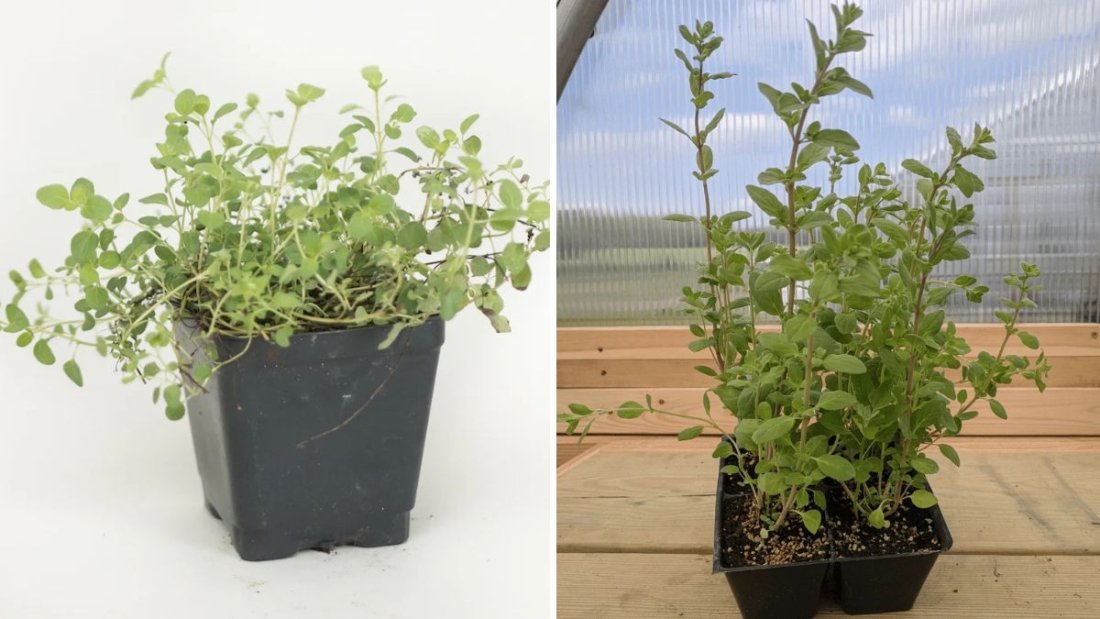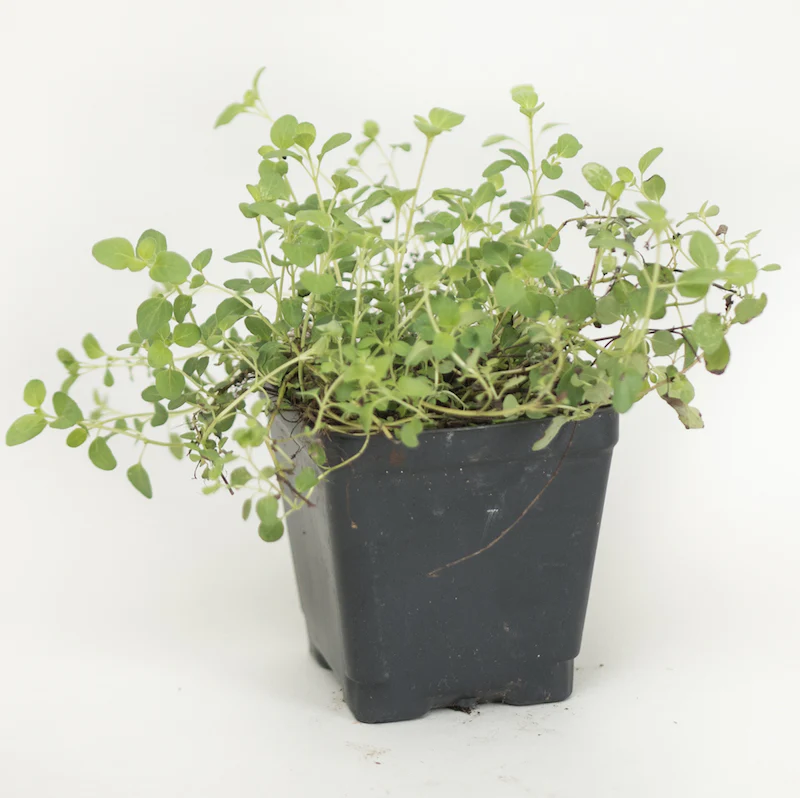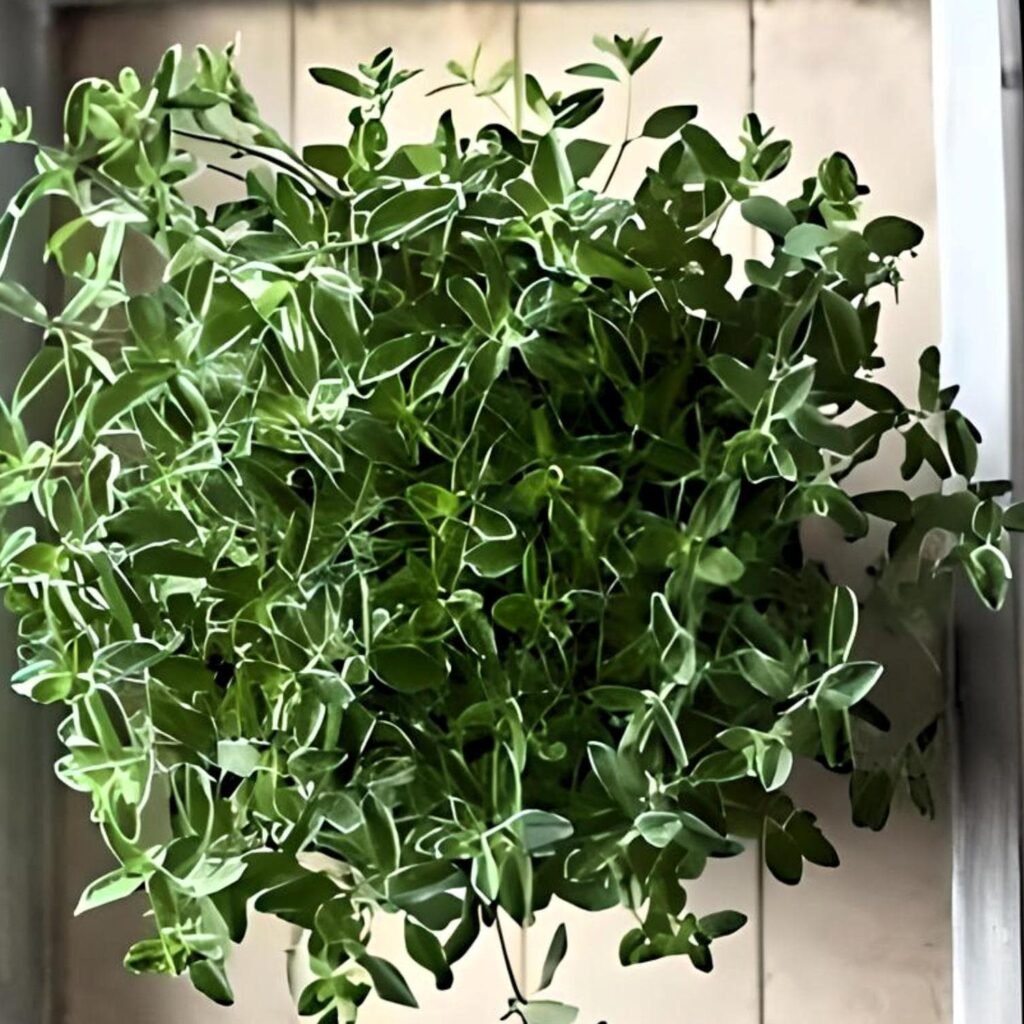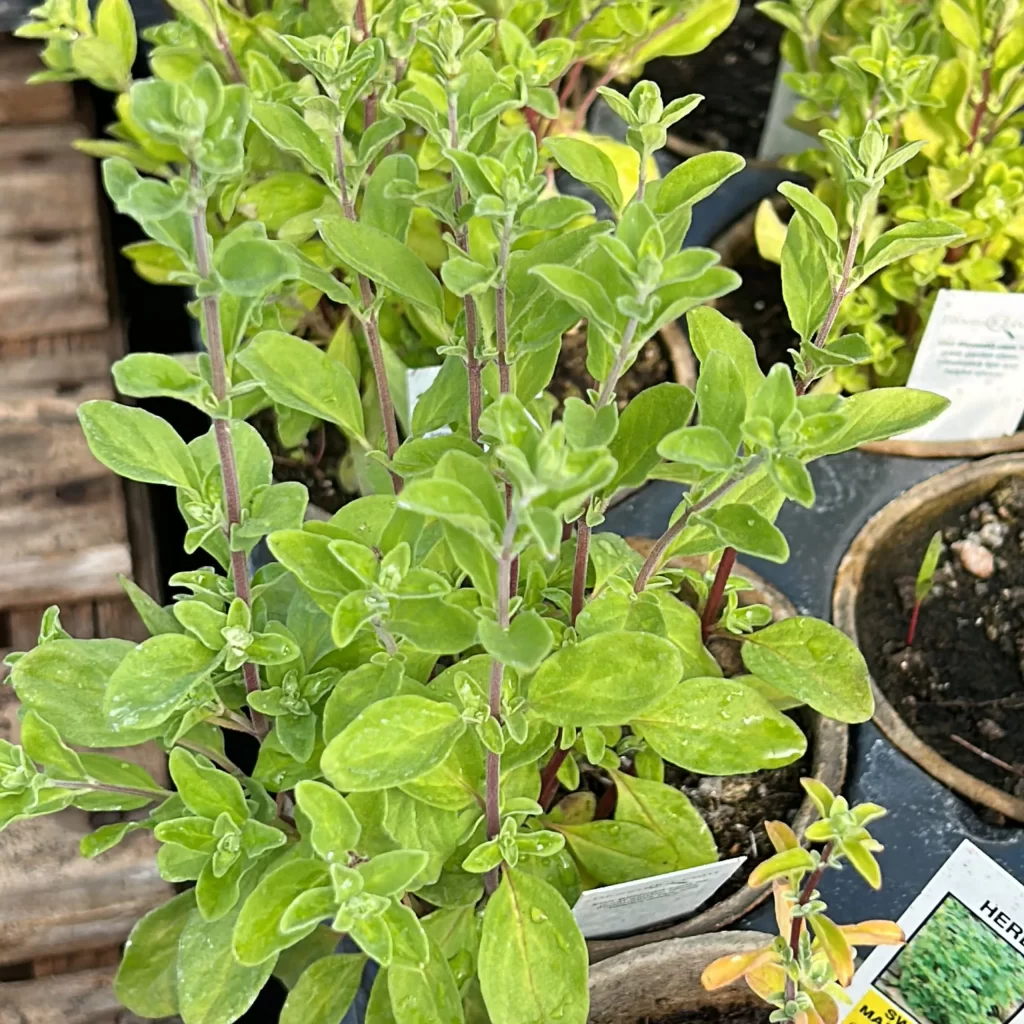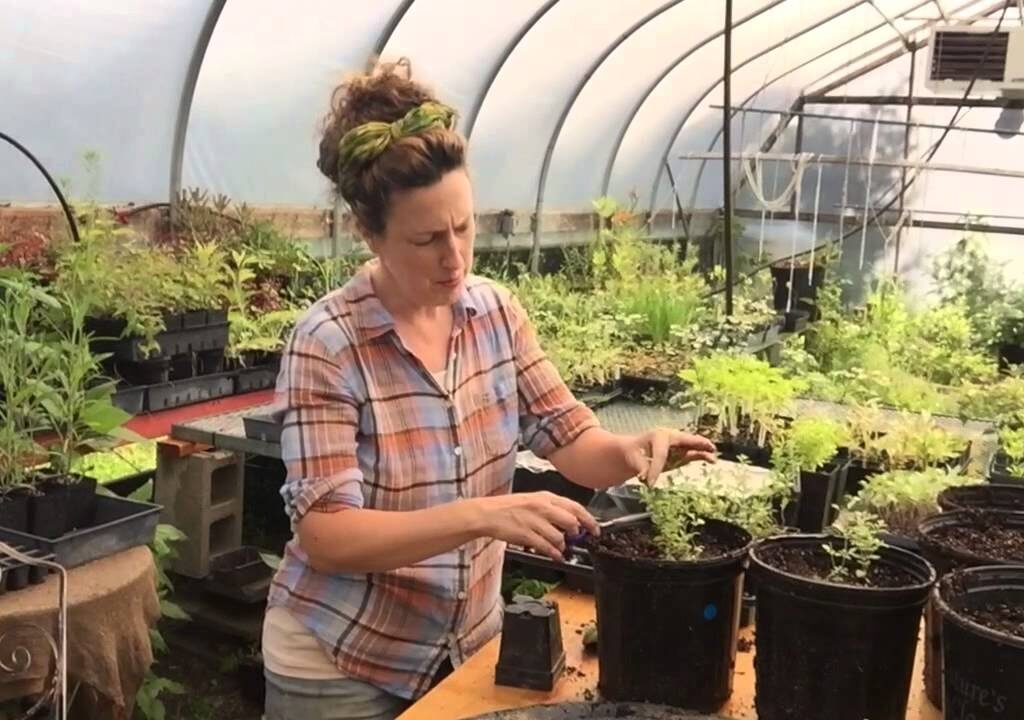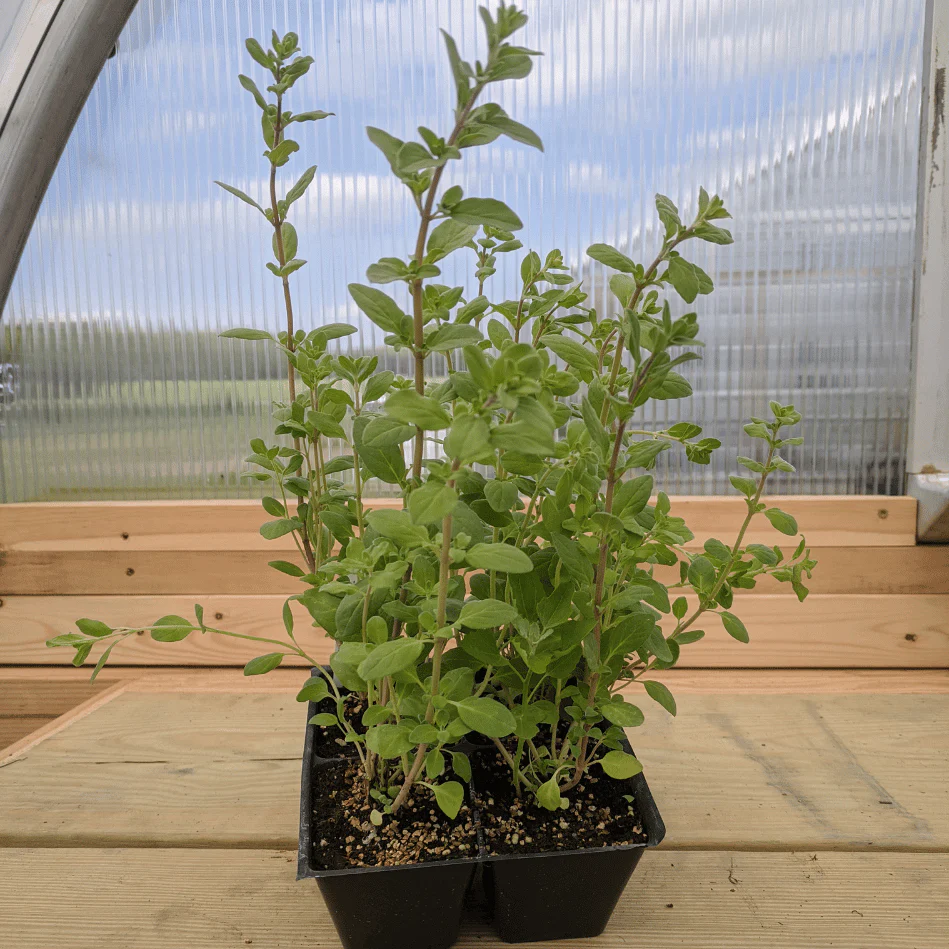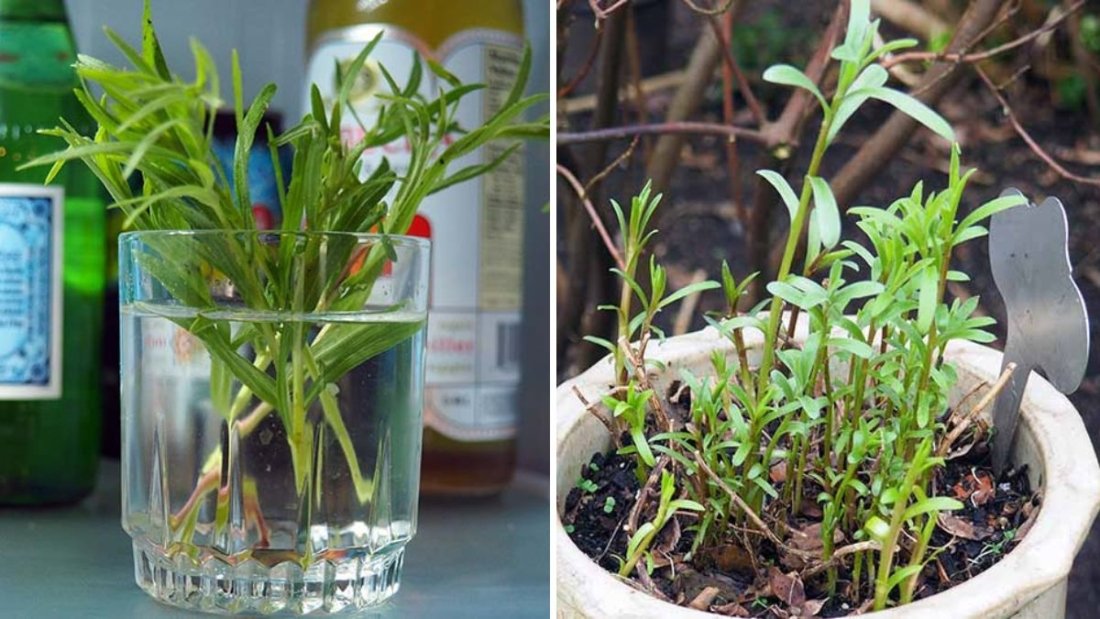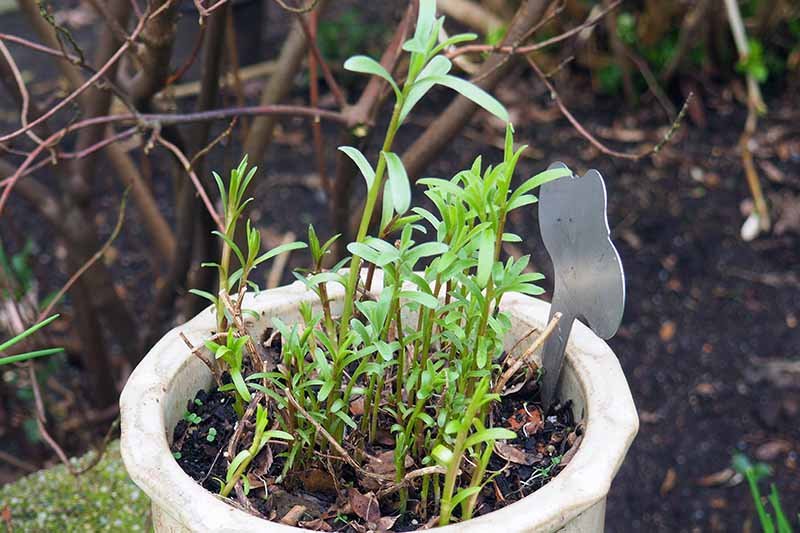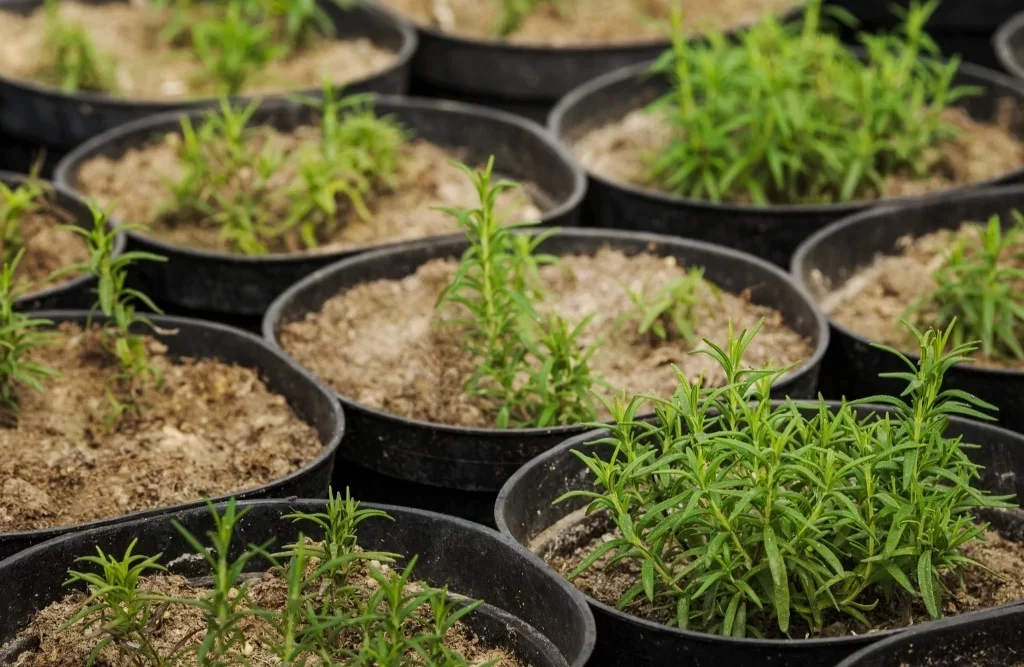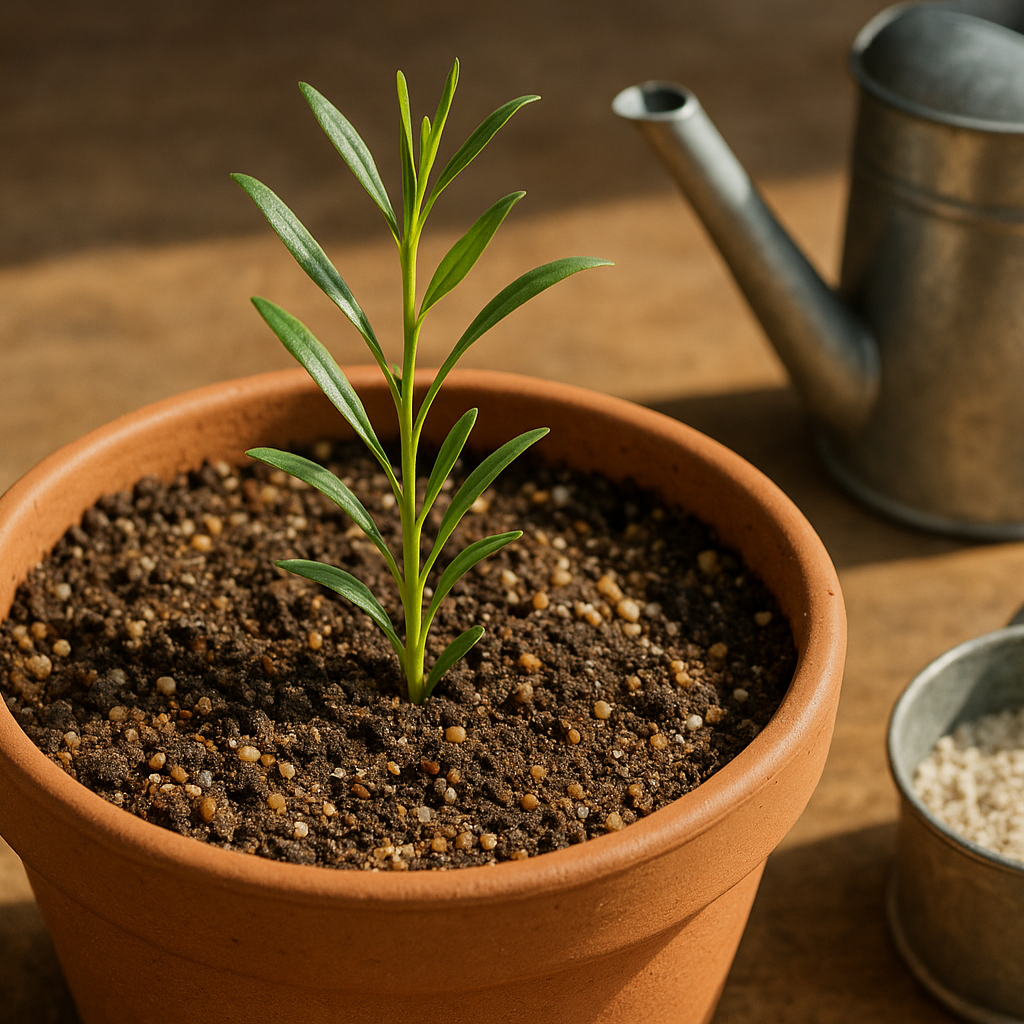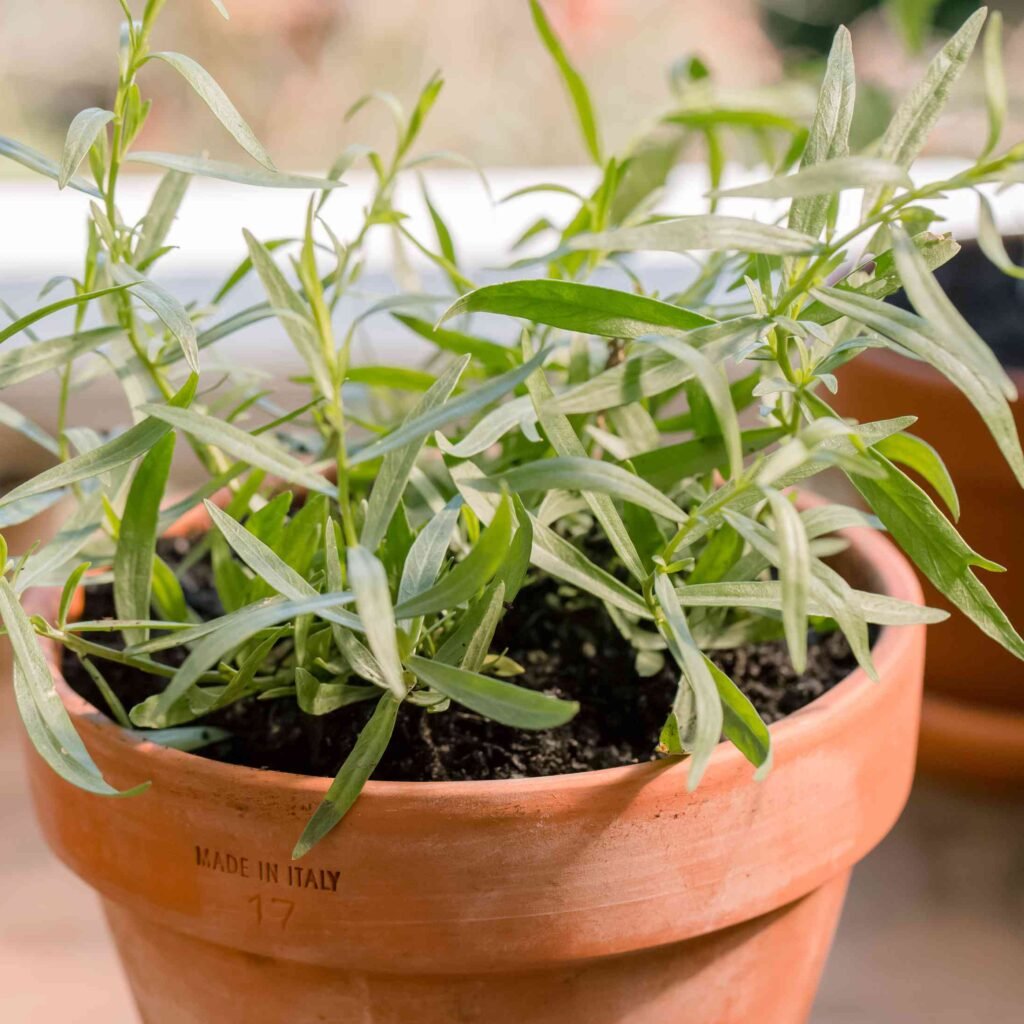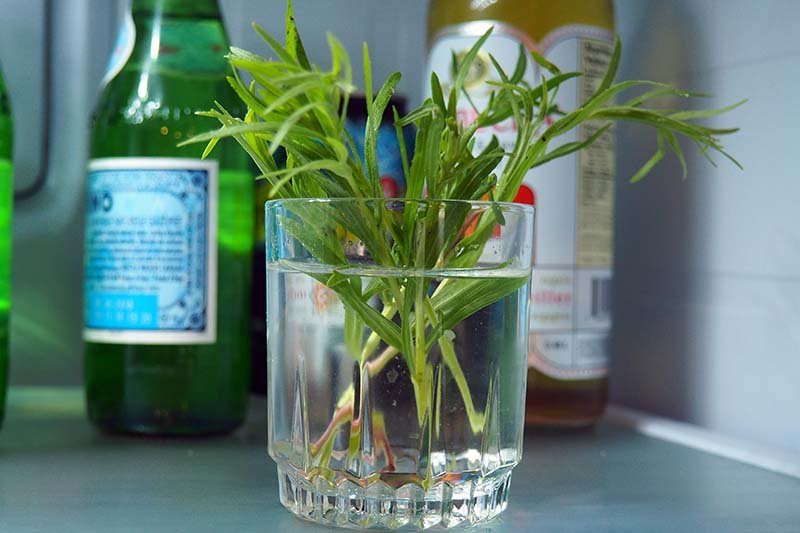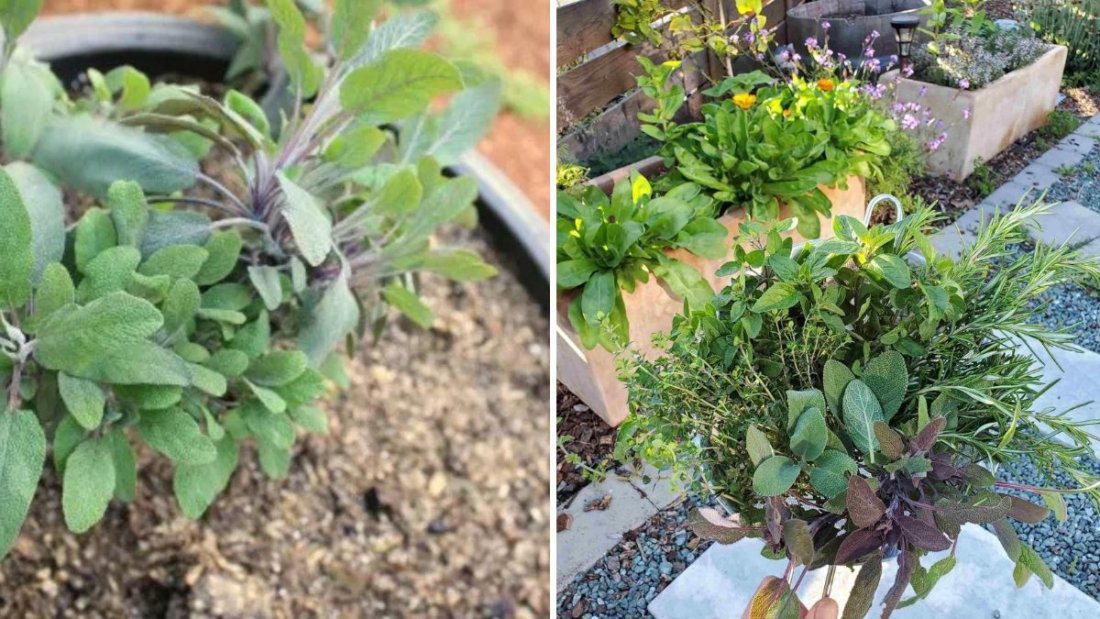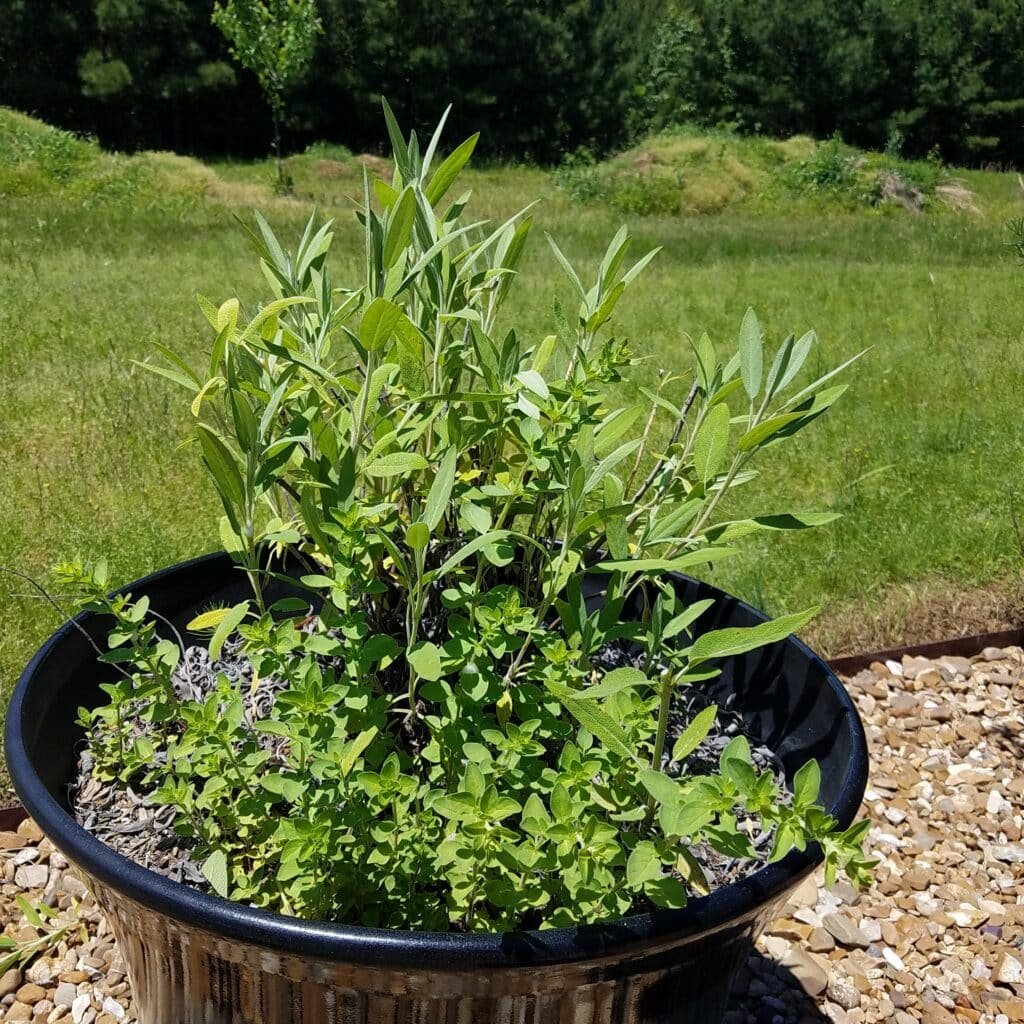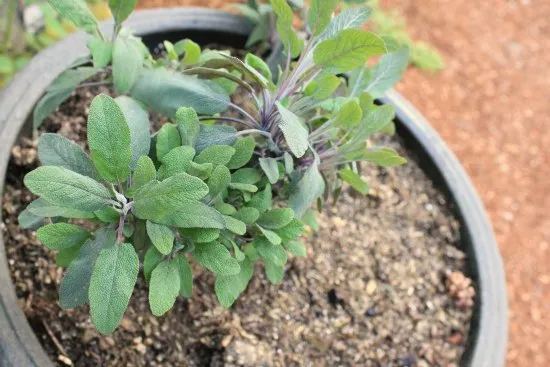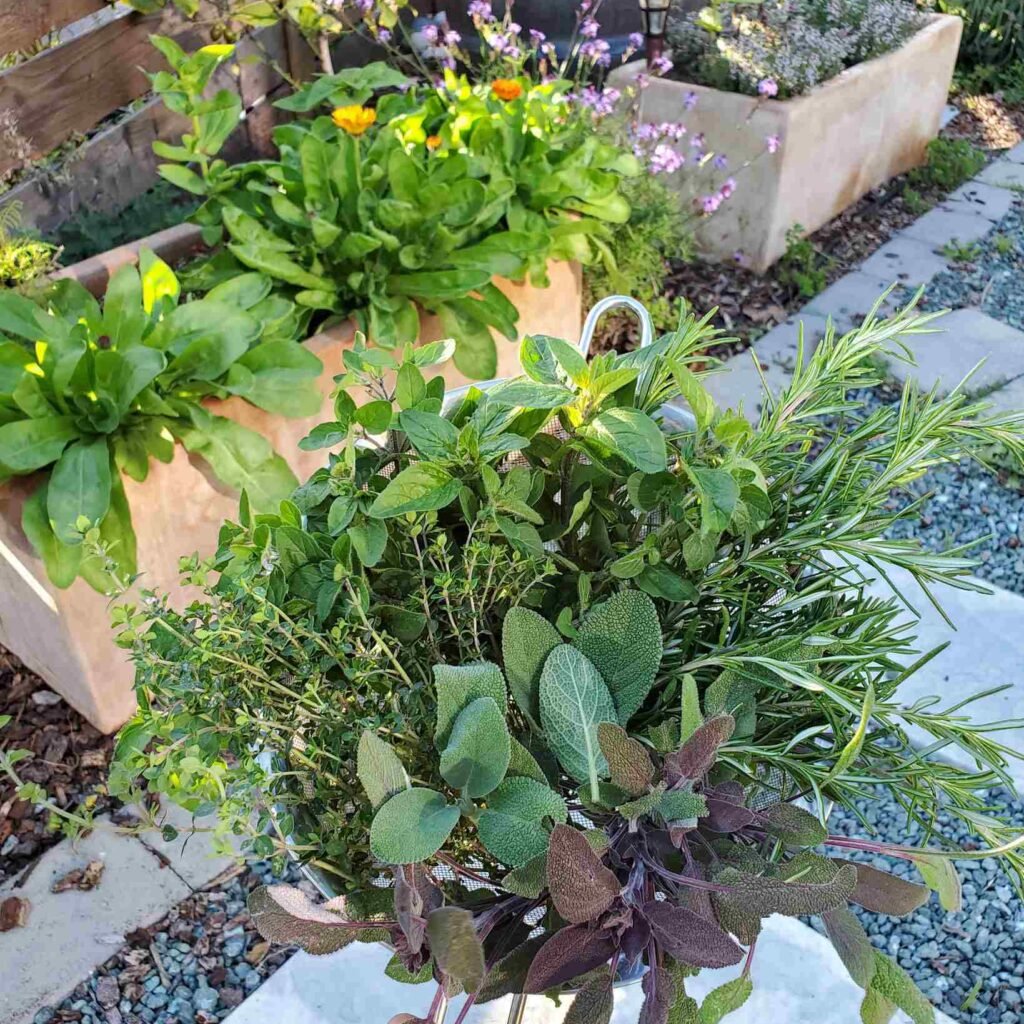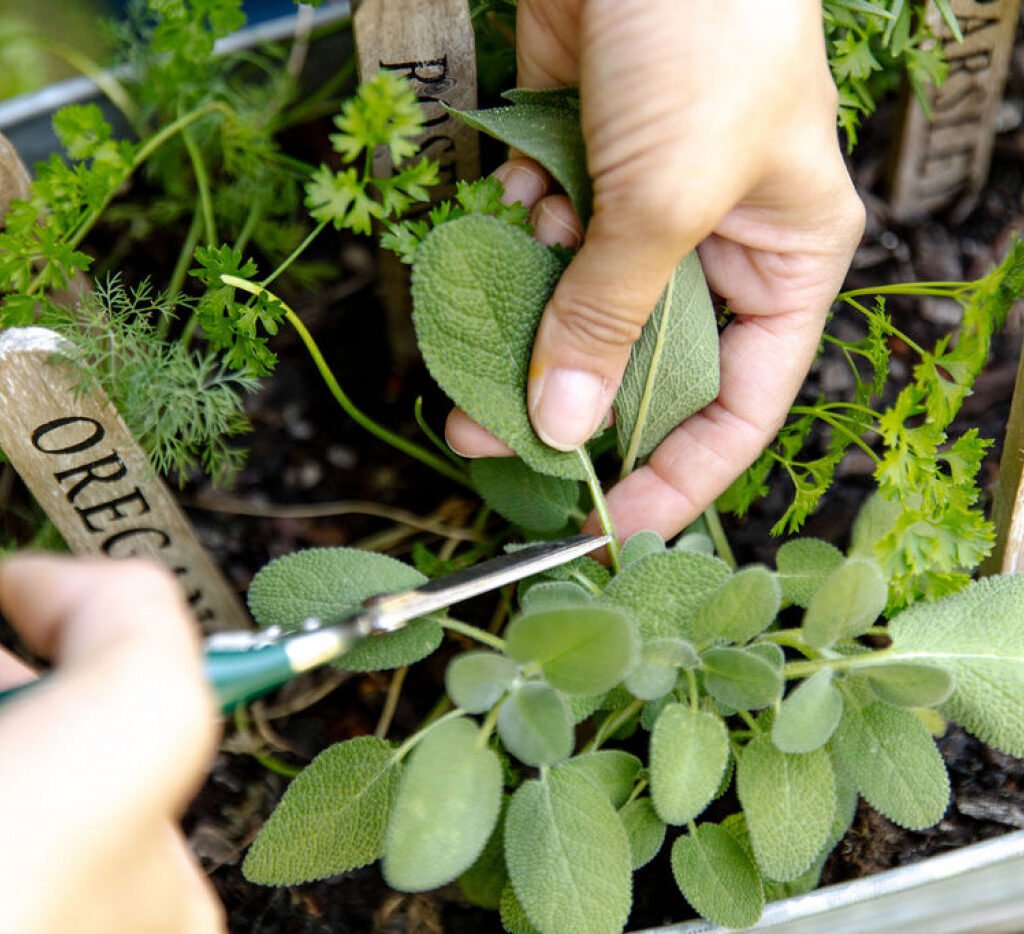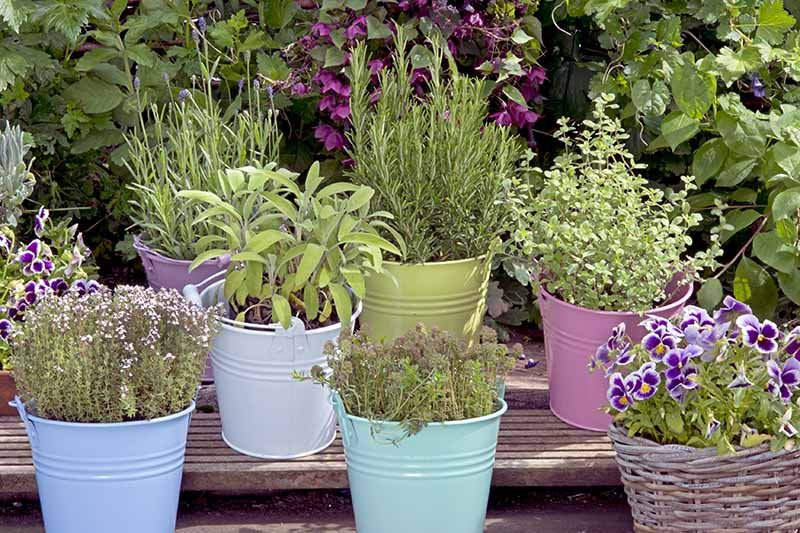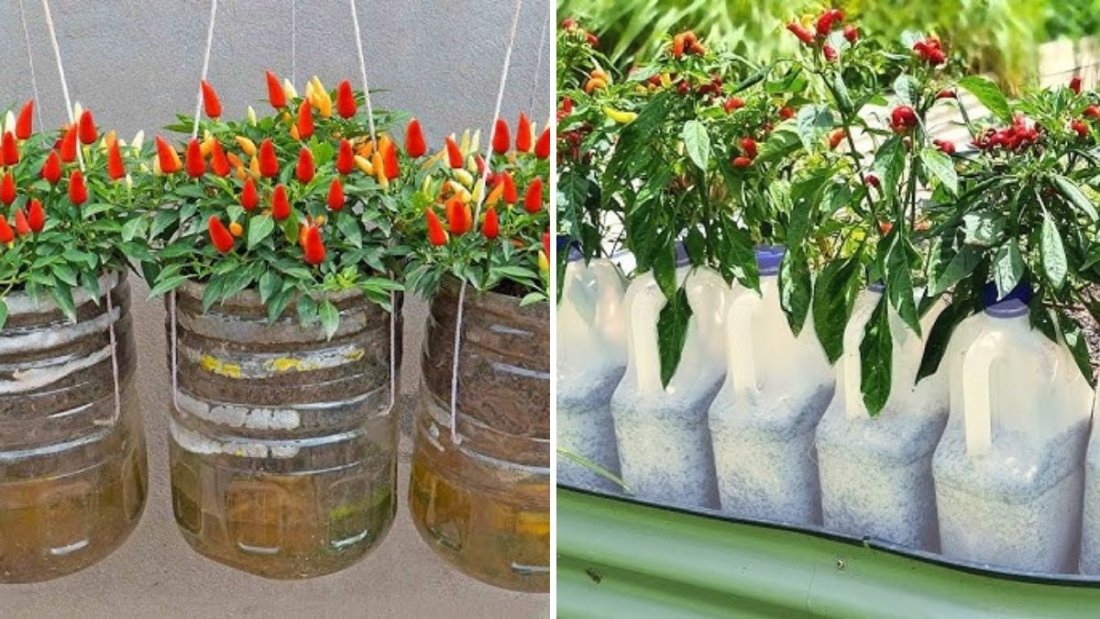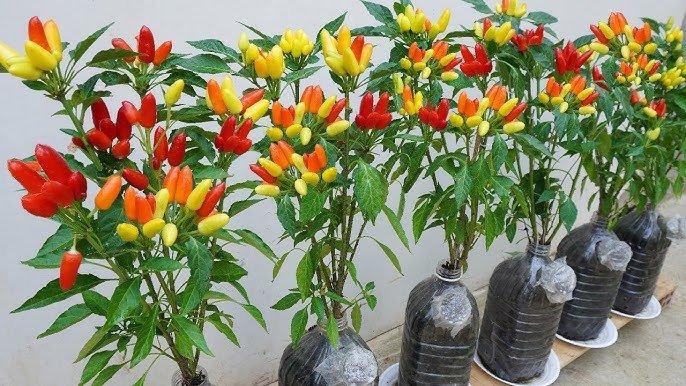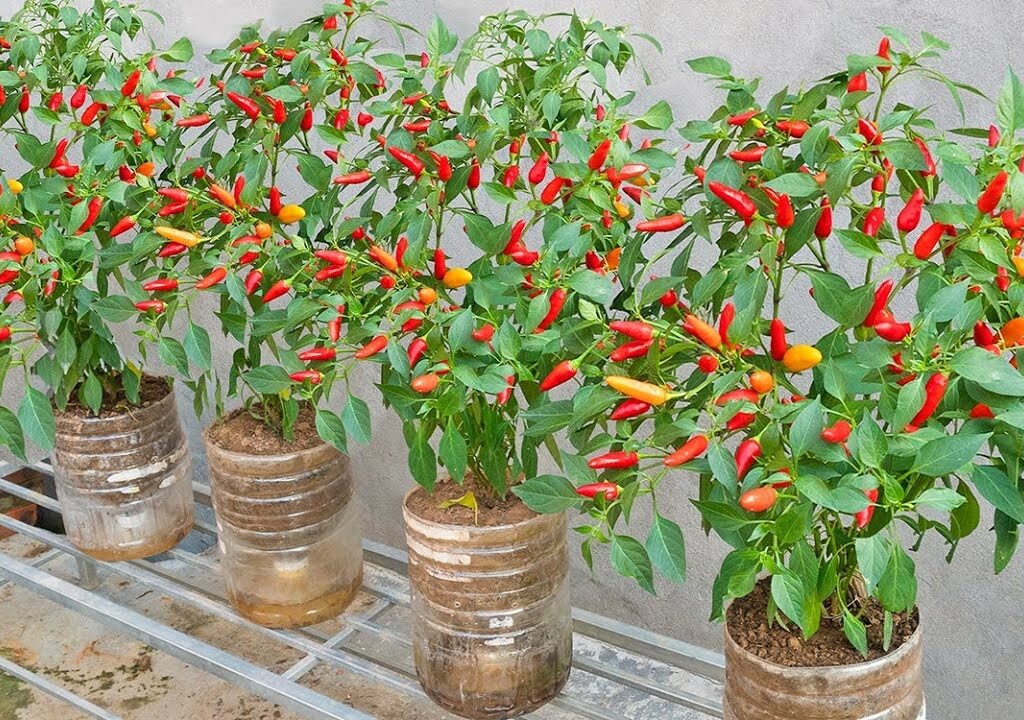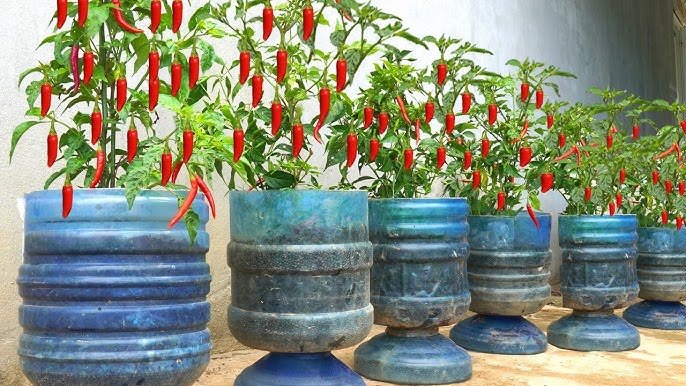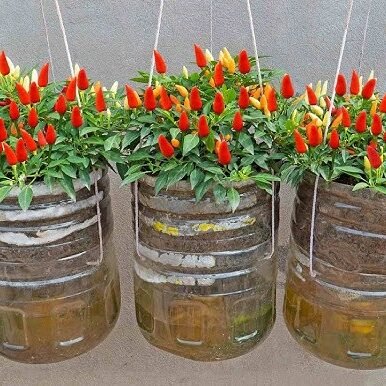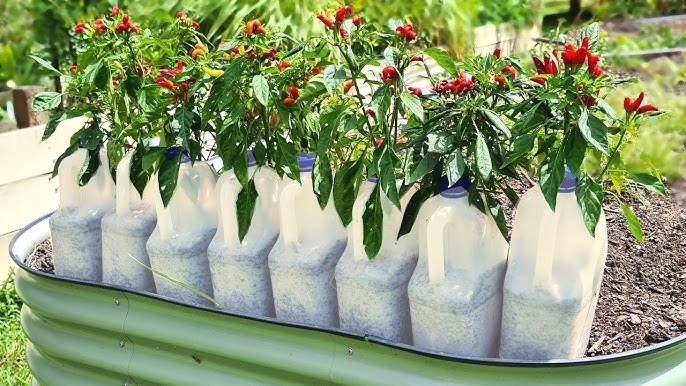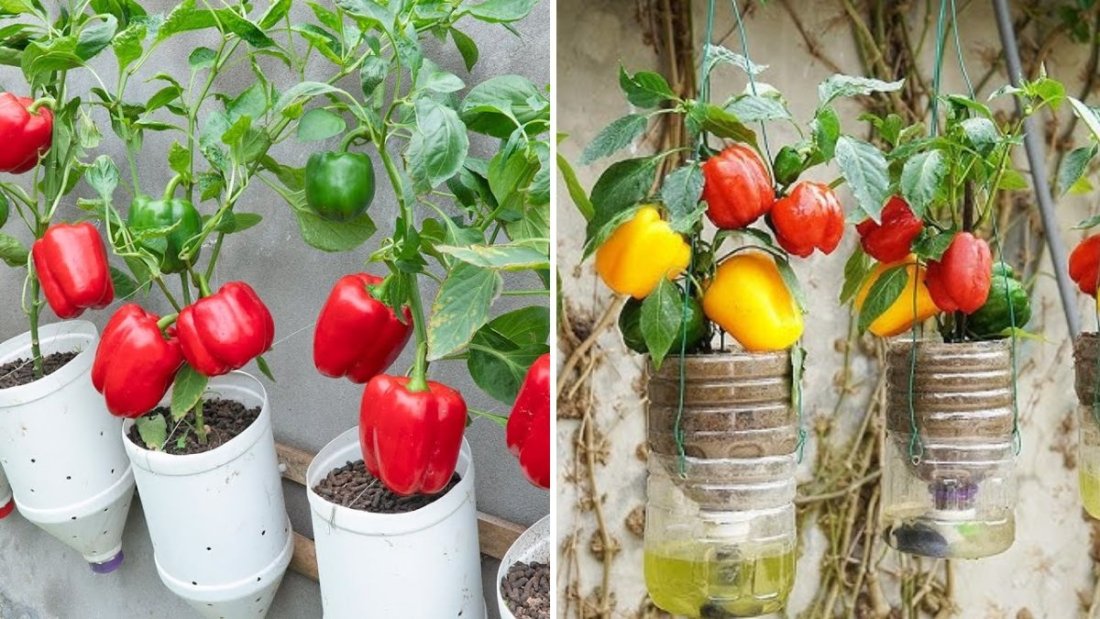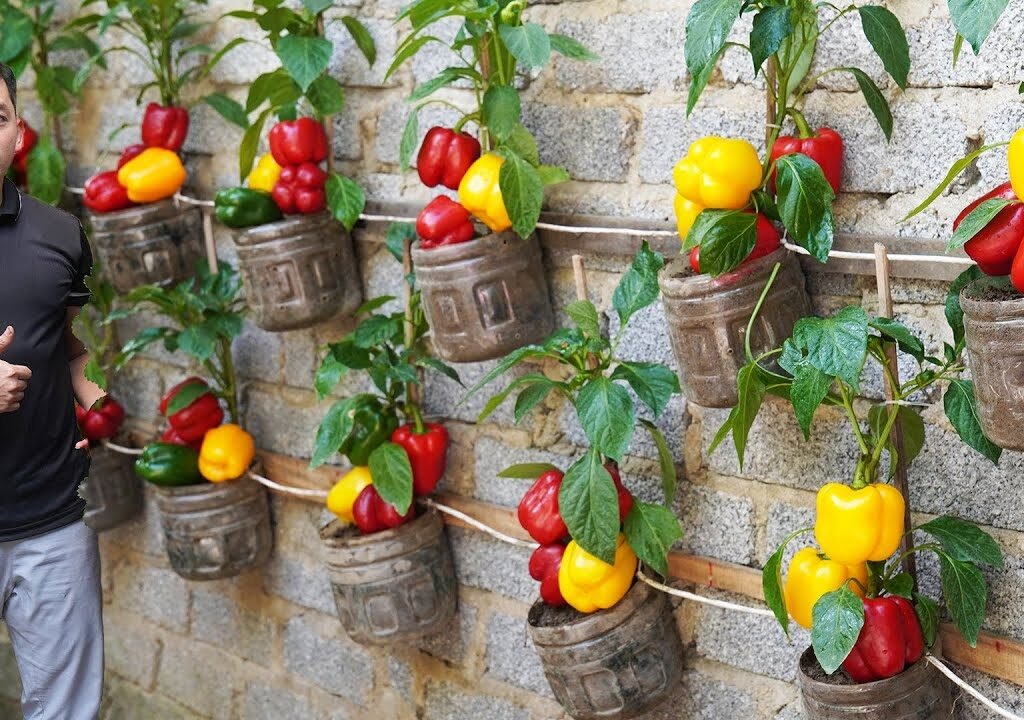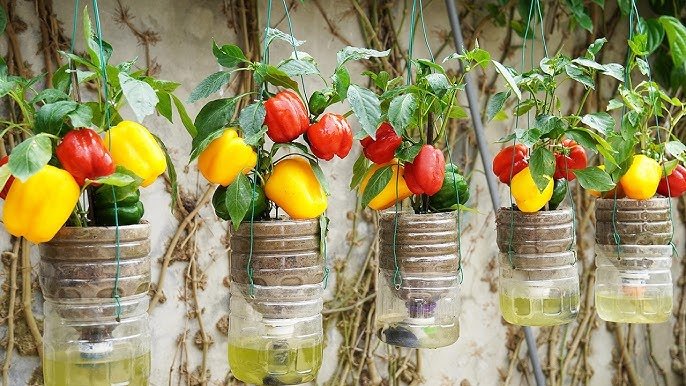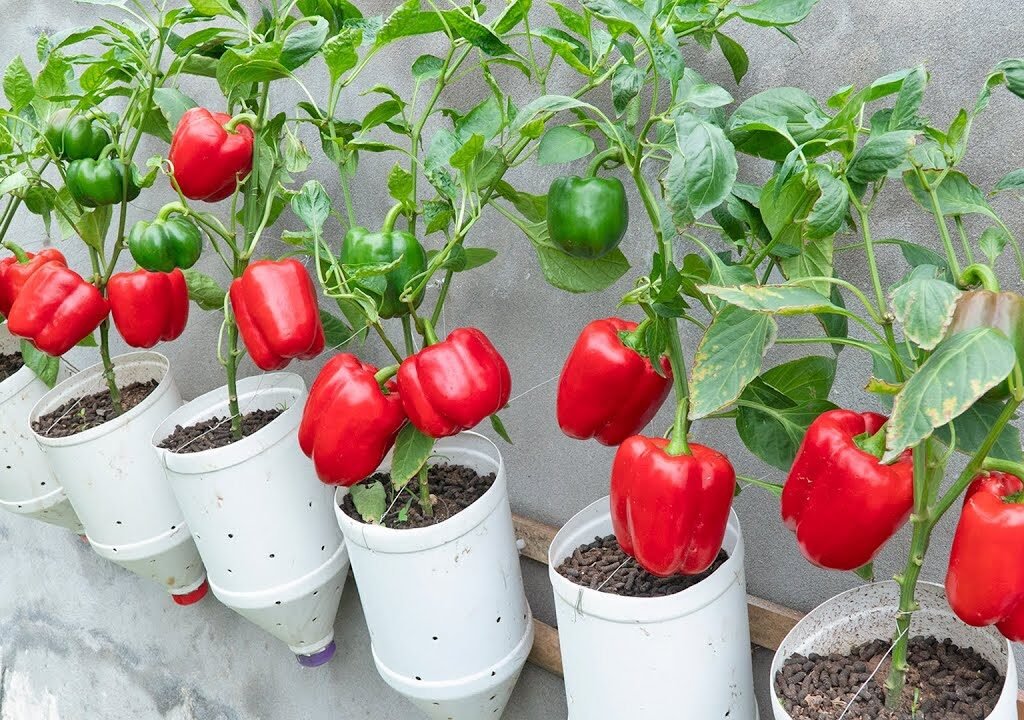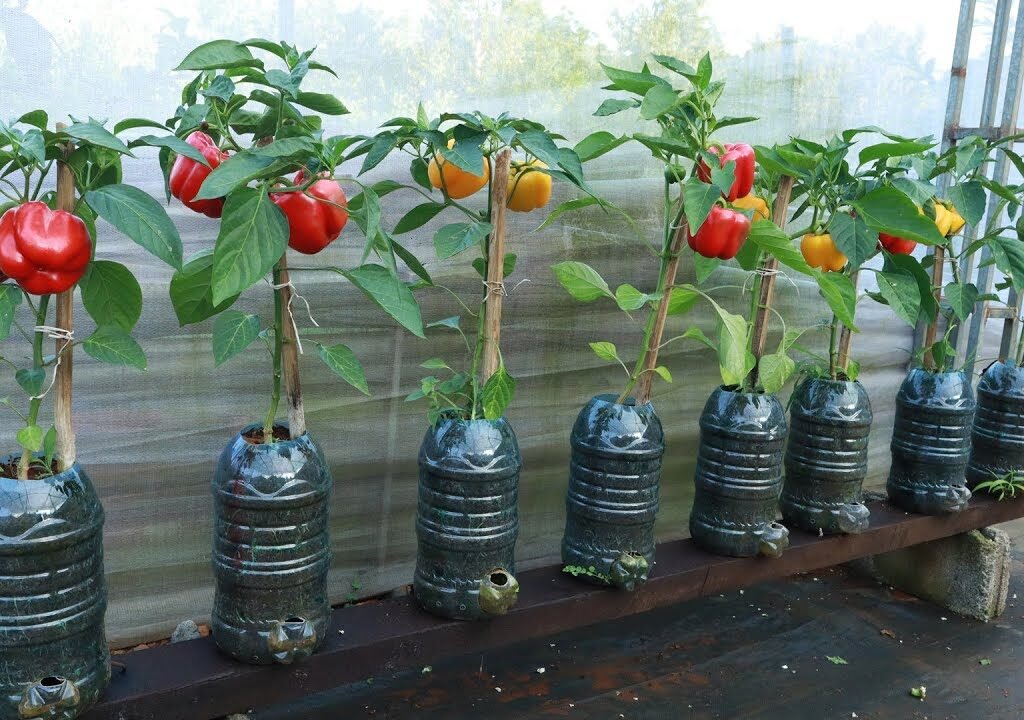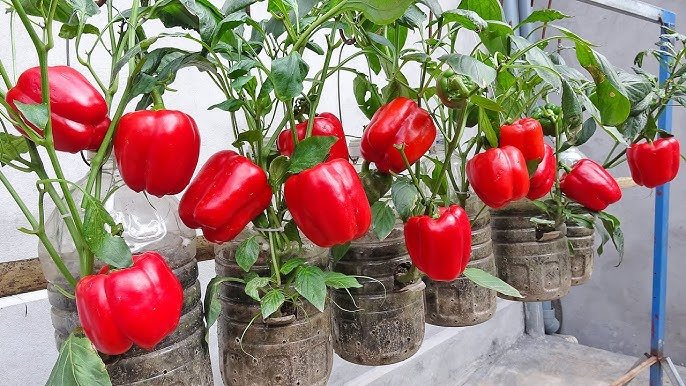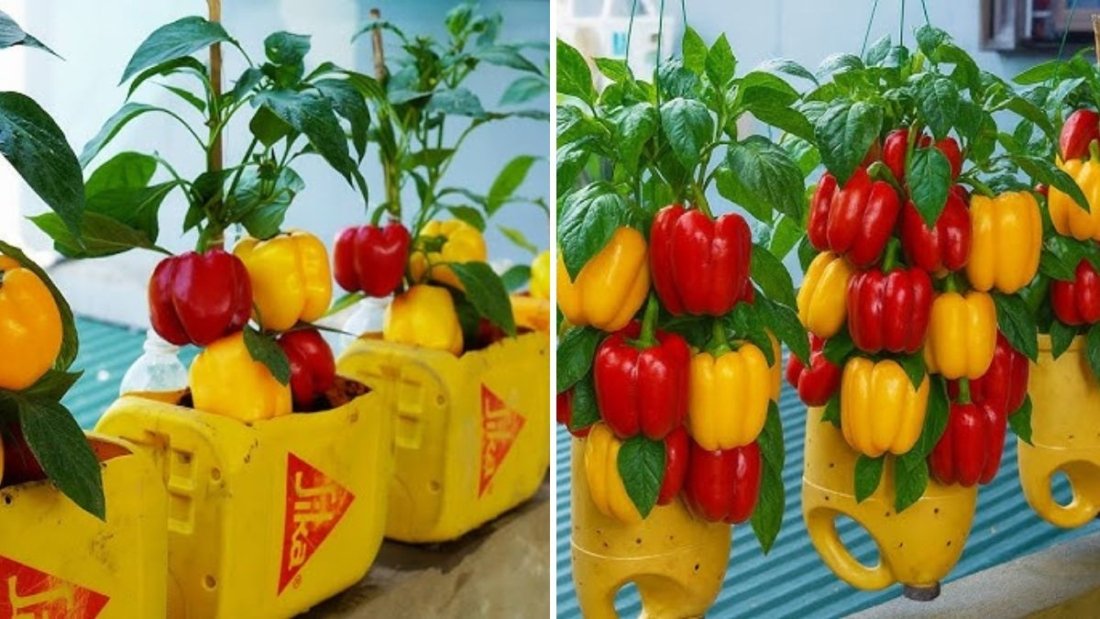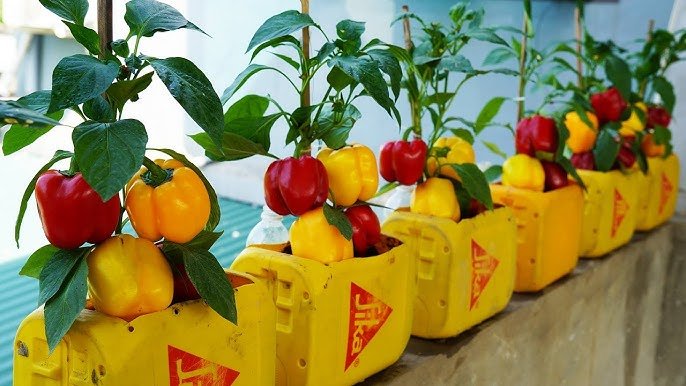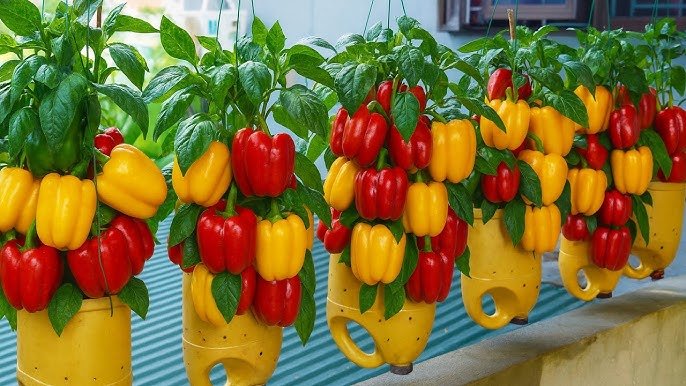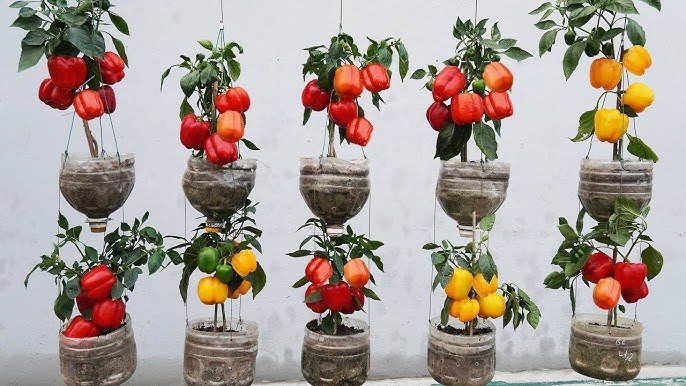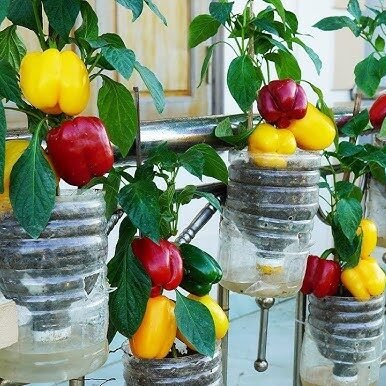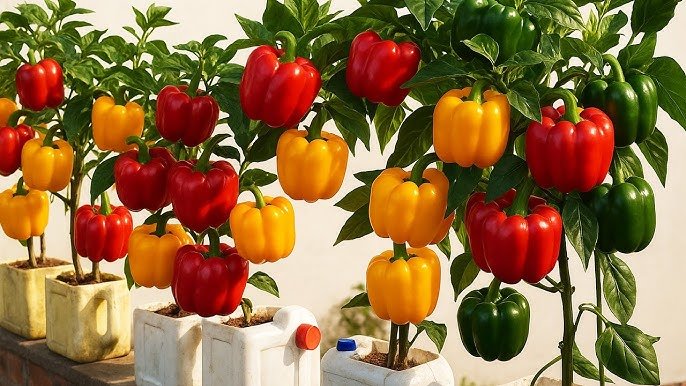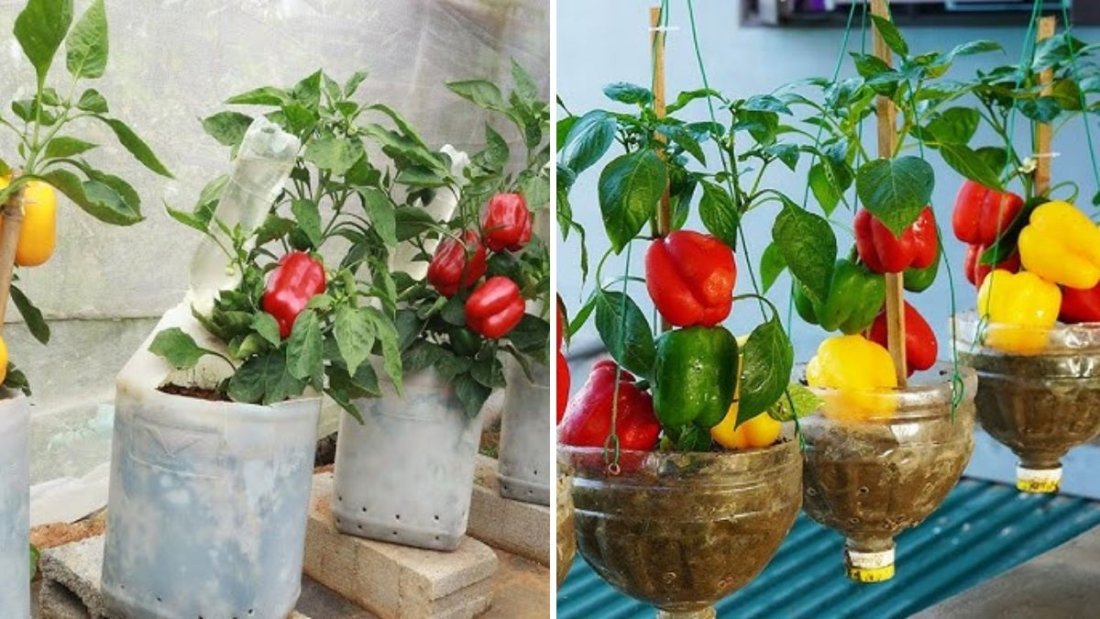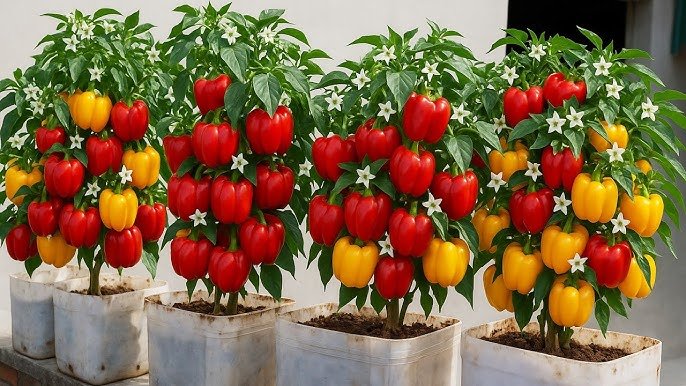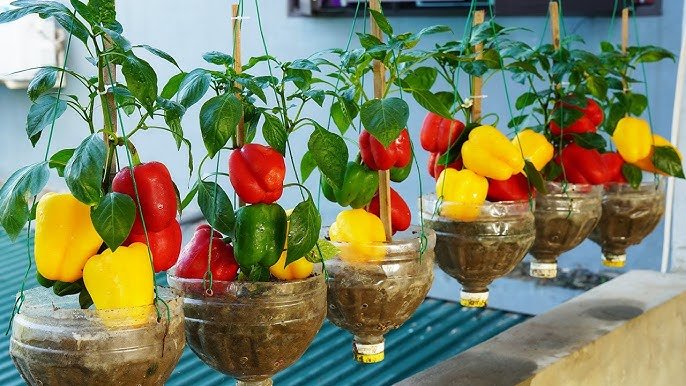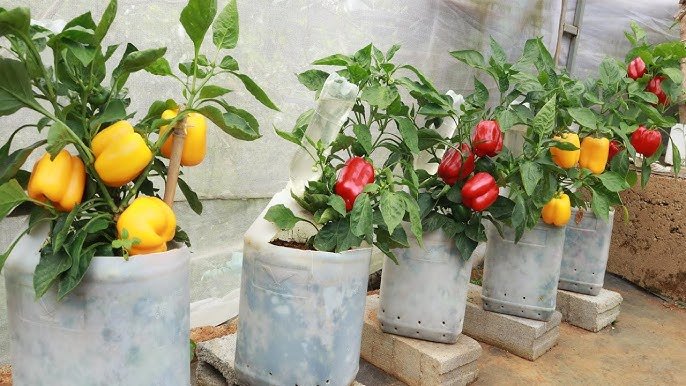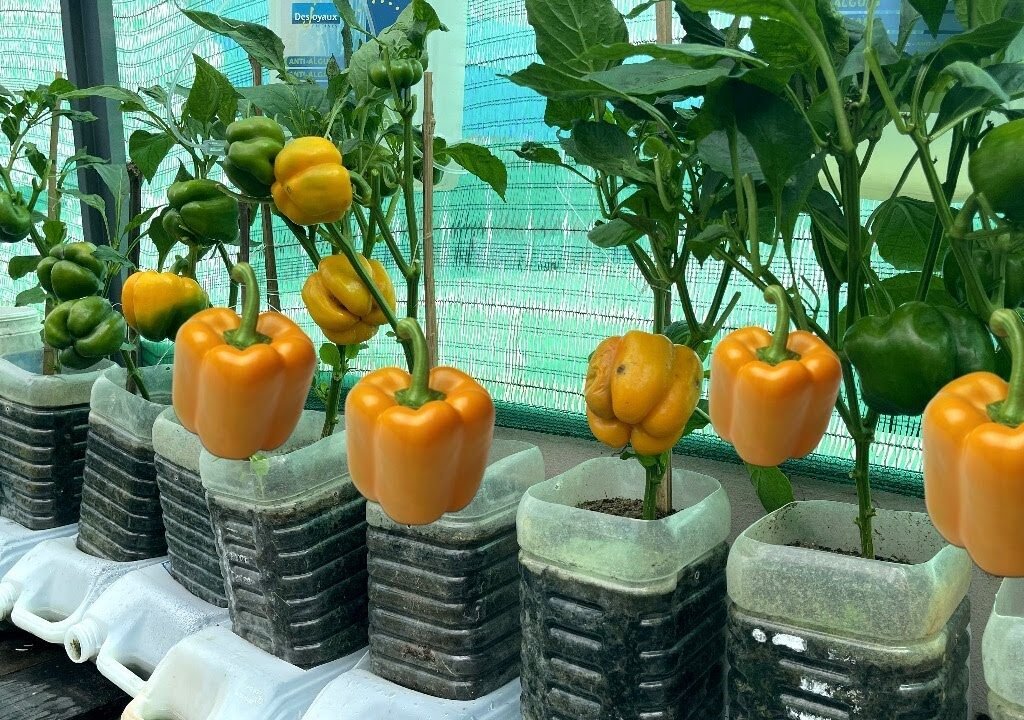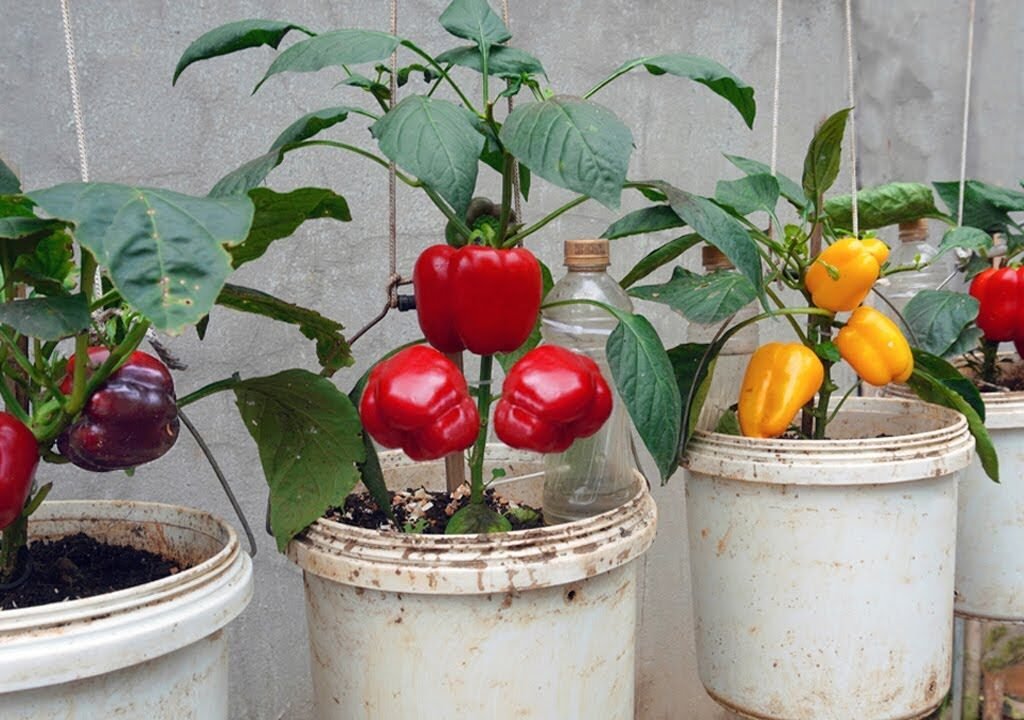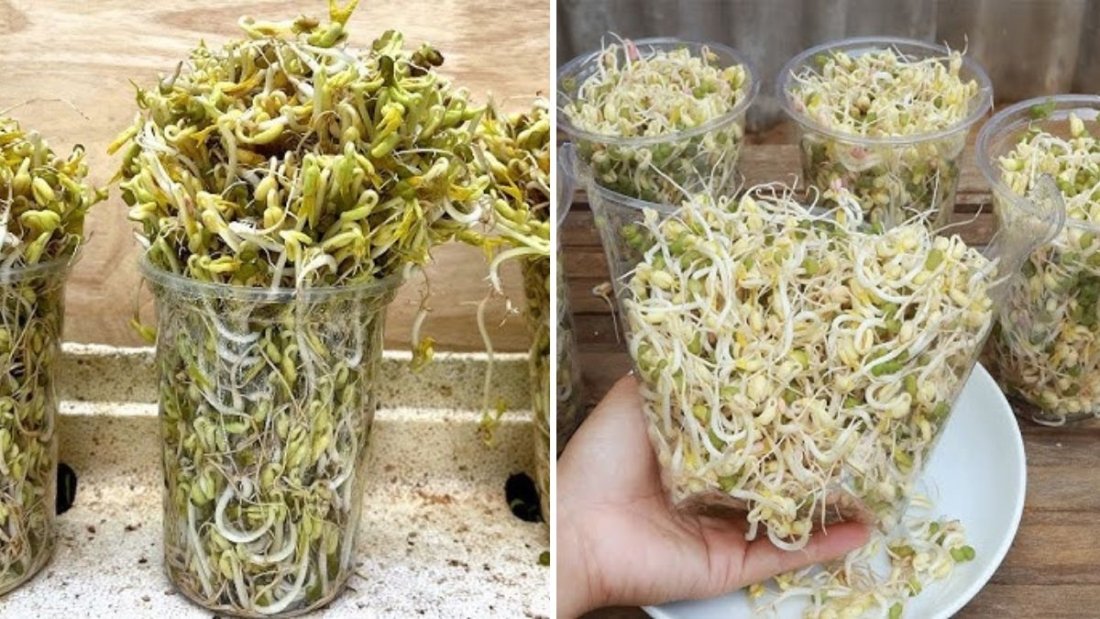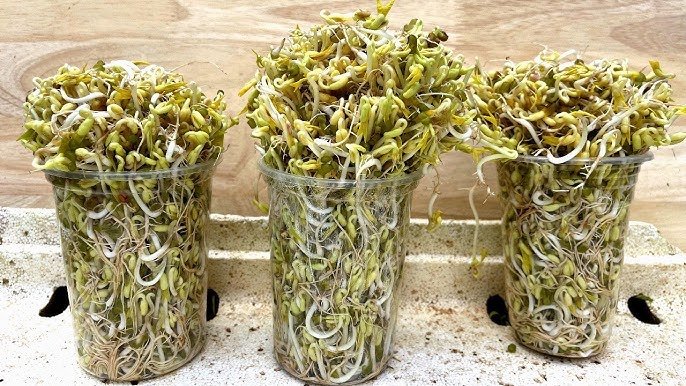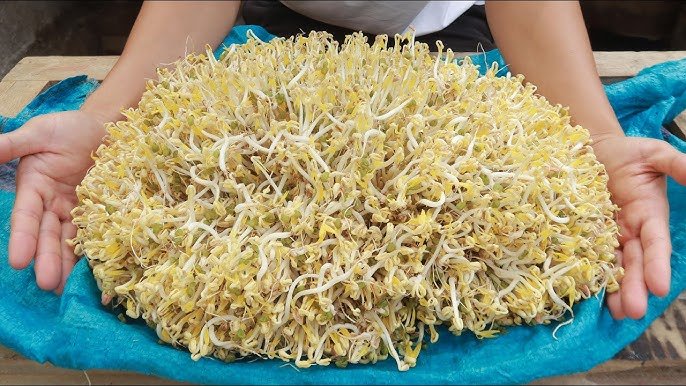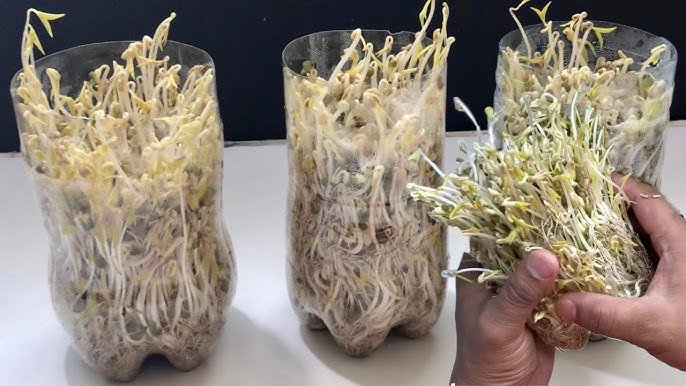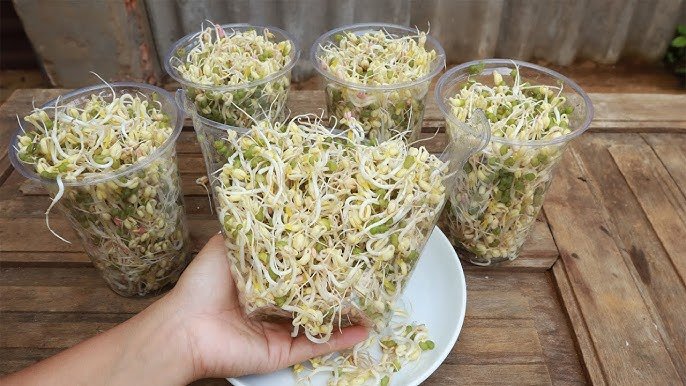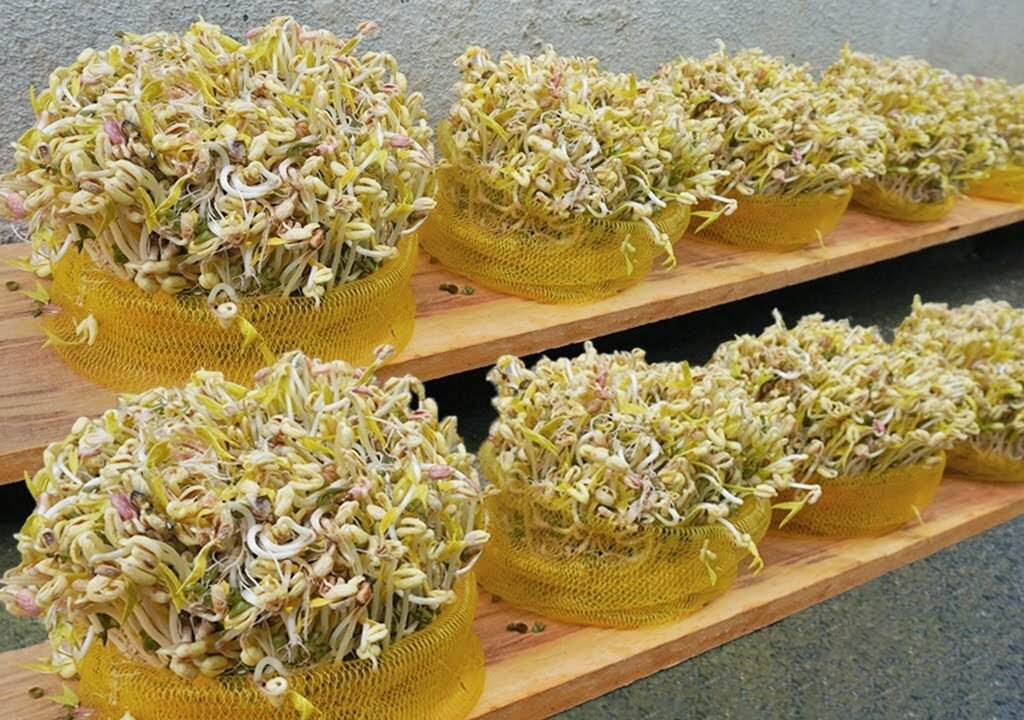The curry leaf plant (Murraya koenigii), known as kadi patta in India, is one of the most beloved and aromatic herbs used in South Asian cooking. Its distinct, earthy fragrance elevates curries, soups, and chutneys to an entirely new level. But beyond its culinary value, the curry leaf plant also holds numerous medicinal benefits—it aids digestion, strengthens hair, and improves overall immunity.
If you’ve ever tried growing curry leaves at home, you may have noticed that the plant often grows tall and thin instead of becoming lush and bushy. The secret to a full, healthy curry leaf plant lies in proper maintenance and care—from pruning techniques to feeding schedules.
In this blog post, we’ll explore step-by-step curry leaf plant maintenance tips that will help you grow a dense, bushy, and thriving plant right in your home garden or balcony.
1. Understanding the Curry Leaf Plant
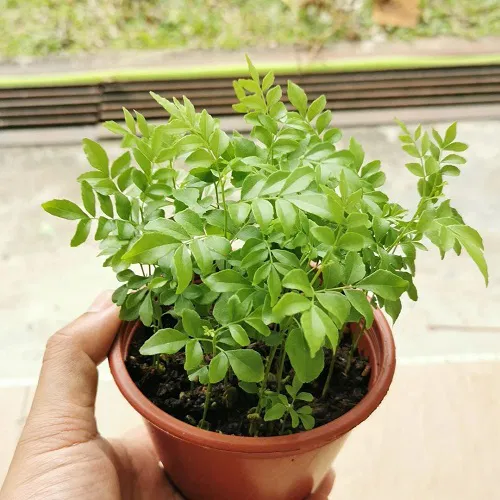
Before diving into maintenance tips, it’s important to understand your plant’s natural growth pattern. The curry leaf plant is a tropical to subtropical shrub native to India and Sri Lanka. It thrives in warm, sunny conditions and can grow up to 6 feet tall when mature.
The plant produces small, glossy green leaves arranged on slender stems. Each leaf carries a strong aroma that’s released when crushed or cooked. Curry leaves are not just flavor enhancers—they’re packed with nutrients such as iron, calcium, vitamin C, and antioxidants, making them a superfood for your diet.
Understanding these traits helps you recreate the right environment for your curry plant to grow strong and bushy.
2. Choosing the Right Location
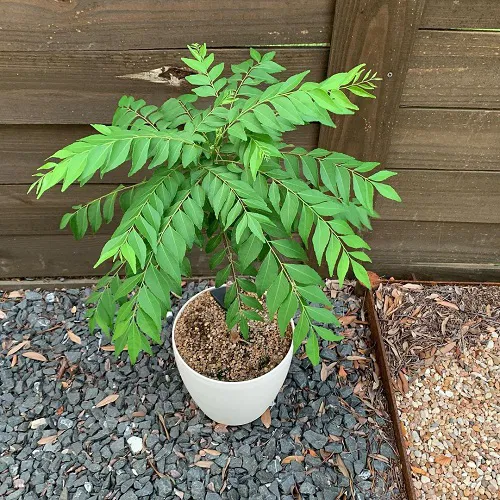
The first step in ensuring your curry leaf plant thrives is choosing the right spot for it.
Sunlight:
Curry leaf plants love the sun! They need at least 6 to 8 hours of direct sunlight daily to grow vigorously. Without enough sunlight, the plant will become leggy and produce fewer leaves. If you live in a region with limited sun, place your plant near a bright window or use a grow light.
Temperature:
The ideal temperature range for curry leaf plants is 20°C to 35°C (68°F to 95°F). They dislike cold weather, so during winter, bring the plant indoors or protect it from frost. In tropical regions, you can grow it outdoors all year long.
Air Circulation:
Good airflow is essential for healthy growth and to prevent pests like aphids or spider mites.
3. Choosing the Right Container and Soil
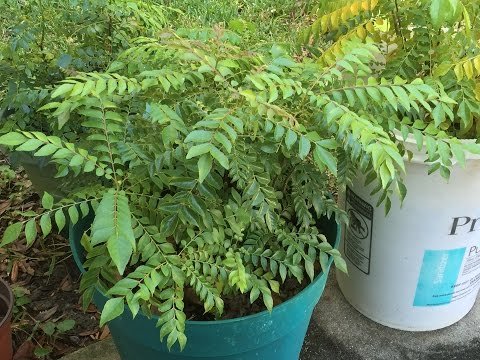
Container Size:
If you’re growing the curry leaf plant in a pot, start with a 10–12 inch deep container. As the plant grows, transfer it into a larger pot every 2–3 years. A deep container allows the roots to expand freely, supporting strong growth.
Soil Mix:
Curry leaf plants need well-draining, nutrient-rich soil. A good potting mix includes:
- 40% garden soil
- 40% compost or cow manure
- 20% sand or perlite
This mix provides the right balance of nutrients and drainage. Avoid using heavy clay soil, as it retains too much water and can cause root rot.
4. Watering the Curry Leaf Plant
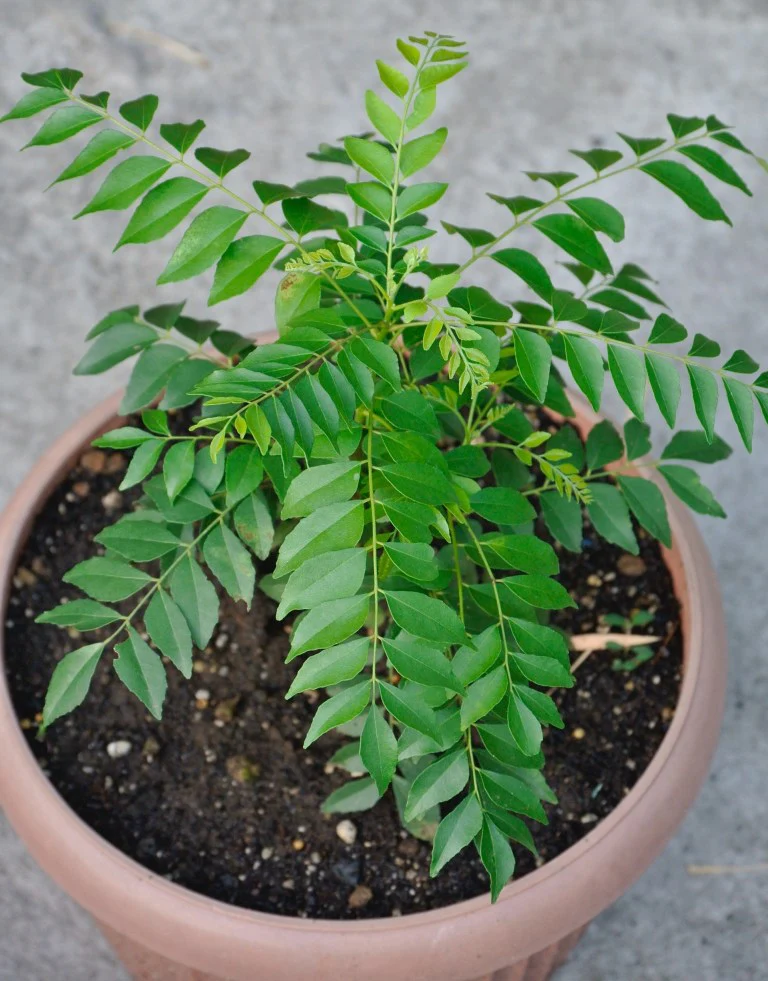
Watering is one of the most crucial aspects of maintenance. Both overwatering and underwatering can harm your plant.
Watering Tips:
- Water the plant only when the top 1–2 inches of soil feel dry.
- Avoid waterlogging, as curry leaf plants are sensitive to excess moisture.
- During summer, water 2–3 times a week, and reduce it in winter.
- Ensure the container has proper drainage holes.
A simple rule of thumb: moist but not soggy soil keeps your curry leaf plant happy and healthy.
5. Fertilizing for Bushy Growth
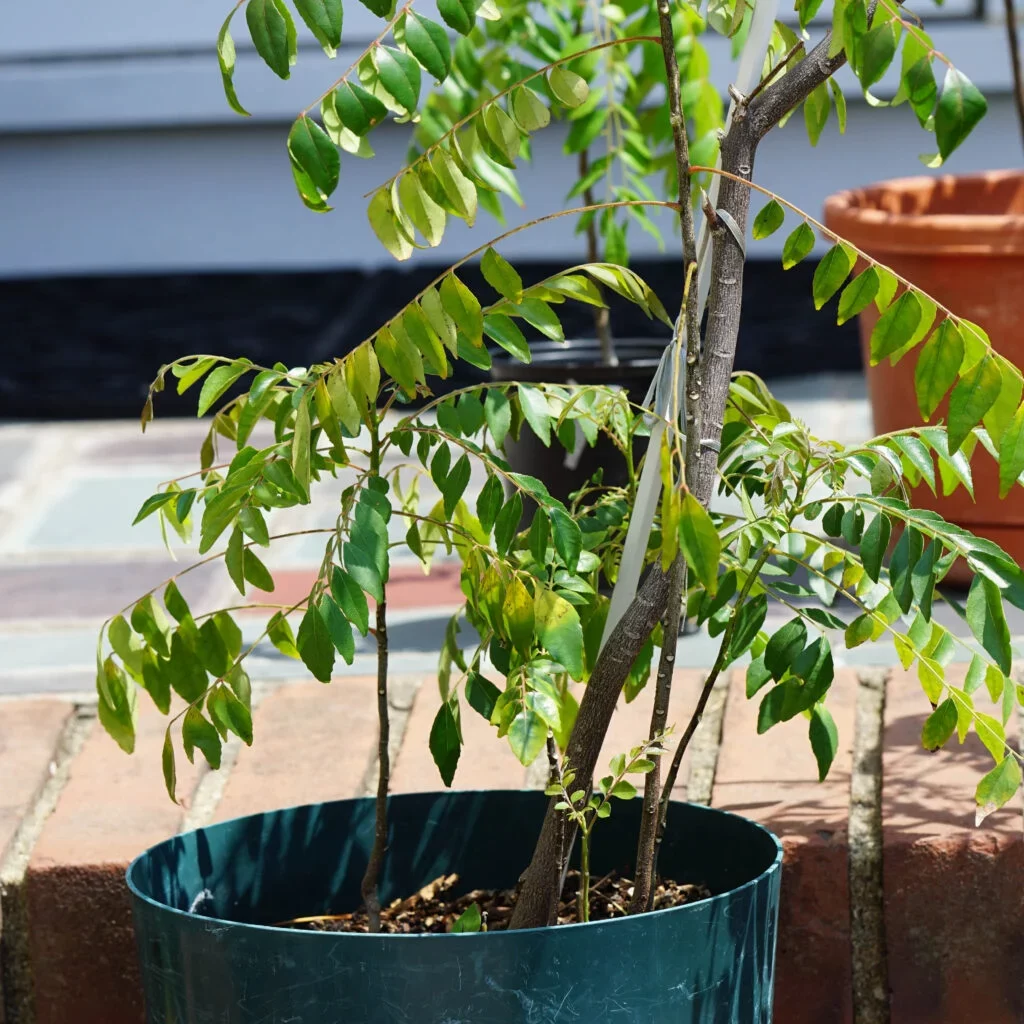
Like all herbs, curry leaf plants respond well to regular feeding. The right fertilizer can make a big difference in how fast and bushy your plant grows.
Fertilizer Options:
- Organic Compost: Add well-decomposed compost or cow dung every 30–40 days.
- Buttermilk or Yogurt Water: A traditional trick for lush leaves—mix one part buttermilk with three parts water and pour it around the roots once a month.
- Epsom Salt: Dissolve one teaspoon of Epsom salt in a liter of water and use it every 2–3 months. It provides magnesium for better leaf color and health.
- Fish Amino or Seaweed Solution: Excellent for promoting new shoots and leaf growth.
Avoid heavy use of chemical fertilizers, as they can burn the roots and reduce the plant’s natural aroma.
6. Pruning and Pinching for Bushy Growth
This is the most important tip for growing a dense, bushy curry leaf plant. Many gardeners skip pruning, which causes the plant to grow tall and spindly.
How to Prune and Pinch:
- Once your curry leaf plant reaches about 12–15 inches in height, pinch off the topmost growing tip (the new leaves at the top).
- This encourages side branches to develop, giving the plant a fuller shape.
- Every few weeks, remove weak or yellowing stems to redirect the plant’s energy toward new growth.
- After each pruning, apply a light dose of compost or liquid fertilizer to boost recovery.
Regular trimming keeps the plant compact, healthy, and productive.
7. Managing Pests and Diseases
Curry leaf plants are generally hardy, but they can occasionally attract pests like aphids, whiteflies, or spider mites—especially when kept indoors.
Preventive Care:
- Spray the leaves with a mild neem oil solution (1 teaspoon neem oil + a few drops of liquid soap in 1 liter of water) once every two weeks.
- Keep the leaves clean by wiping them with a damp cloth occasionally.
- Ensure good airflow and avoid overwatering, as damp conditions attract pests.
If you notice sticky residue or tiny webs, act quickly—pests multiply fast in warm weather.
8. Seasonal Care and Maintenance
Summer:
The plant grows vigorously during summer. This is the best time for pruning, feeding, and harvesting. Keep the soil moist and add organic fertilizer every month.
Monsoon:
Rainy weather can cause fungal problems due to excess moisture. Ensure proper drainage and spray neem oil if needed.
Winter:
Growth slows down in winter. Reduce watering and avoid fertilizing during cold months. If the temperature drops below 15°C (59°F), bring your plant indoors or cover it with a cloth at night.
By adjusting your care routine seasonally, you can keep your curry leaf plant healthy all year long.
9. Propagating the Curry Leaf Plant
You can multiply your curry leaf plant easily using stem cuttings or seeds.
Propagation by Cuttings:
- Choose a healthy branch about 4–6 inches long.
- Remove the lower leaves, leaving only a few at the top.
- Dip the cut end in rooting hormone or aloe vera gel.
- Plant it in a small pot filled with a mix of sand and compost.
- Keep it in partial shade and water lightly until roots develop (in about 3–4 weeks).
Once rooted, transplant the cutting into a larger pot or garden bed.
This is a simple and rewarding way to grow new curry leaf plants for your kitchen or to share with friends.
10. Harvesting Curry Leaves the Right Way
Harvesting curry leaves properly encourages new growth and keeps the plant productive.
Tips for Harvesting:
- Always harvest the mature leaves from the top and sides, not the tender new shoots.
- Never strip the entire plant at once—leave enough foliage for photosynthesis.
- The best time to harvest is in the morning, when the essential oils are at their peak.
Regular harvesting, like regular pruning, helps the plant grow bushier and fuller over time.
11. Common Problems and Solutions
Even with the best care, curry leaf plants can face some challenges. Here’s how to handle them:
- Yellow Leaves: Usually caused by overwatering or poor drainage. Let the soil dry before watering again.
- Slow Growth: May indicate nutrient deficiency—add organic fertilizer or Epsom salt solution.
- Dropping Leaves: Could be due to sudden temperature changes. Move the plant to a stable, warm location.
- Pale Leaves: Lack of sunlight—move the plant to a brighter area.
Addressing these issues early keeps your plant healthy and thriving.
12. Health Benefits of Curry Leaves
Growing your own curry leaf plant not only enhances your meals but also adds wellness to your life. Here are a few benefits of fresh curry leaves:
- Boosts digestion and metabolism
- Improves hair health and prevents premature greying
- Controls cholesterol and supports heart health
- Helps manage blood sugar levels
- Strengthens immunity with antioxidants
Adding a few fresh curry leaves to your daily diet or herbal tea can have remarkable effects on your health.
Conclusion
Growing a bushy curry leaf plant is easier than you think—it just needs consistent care, proper pruning, and a little bit of love. By following these maintenance tips—providing ample sunlight, balanced watering, organic feeding, and regular pruning—you’ll soon enjoy a lush, aromatic plant that thrives year-round.
Whether you grow it in your backyard, balcony, or even on a sunny windowsill, your curry leaf plant will reward you with fresh, fragrant leaves for years to come.
So, roll up your sleeves, grab your pruning shears, and start nurturing your curry leaf plant today. A few simple steps can transform a slender stem into a thriving, bushy plant that becomes the pride of your home garden and the secret ingredient in your favorite dishes! 🌿
